The shoulder is a complex joint made up of multiple muscles, ligaments, and tendons that allow for a wide range of motion. In particular, the front and back shoulder muscles play crucial roles in both strength and mobility. Understanding the anatomy of these muscles can help you achieve balanced development and prevent injury. Whether you're a fitness enthusiast or simply looking to enhance your shoulder knowledge, this guide covers the key muscles of the shoulder and their functions.
Front Shoulder Muscles Anatomy: Key Muscles for Strength and Mobility
The front of the shoulder is primarily composed of the deltoid muscle and the pectoralis major, both of which are essential for various pushing and lifting movements.
Deltoid Muscle
The deltoid is a large, triangular muscle that covers the shoulder joint. It consists of three distinct parts:
- Anterior (front) deltoid: Located on the front of the shoulder, this muscle helps in flexing the arm and lifting it forward.
- Lateral deltoid: Found on the outer part of the shoulder, this muscle is responsible for lifting the arm outward.
- Posterior deltoid: Located at the back of the shoulder, this muscle helps in extending the arm and moving it backward.
The anterior deltoid is particularly important when considering the front shoulder muscles anatomy, as it assists in raising the arm forward and stabilizing the shoulder joint during pressing movements like the bench press and overhead press.
Pectoralis Major
While the pectoralis major is commonly associated with the chest, its role in shoulder movement is significant, especially in pushing exercises. This large muscle helps in flexing the arm and brings it across the body, playing a key role in various upper body movements.
Back of Shoulder Muscle Anatomy: Supporting Stability and Motion
The back of the shoulder also features several critical muscles, including the posterior deltoid, infraspinatus, and teres minor. These muscles are involved in stabilizing the shoulder joint and allowing for movements like shoulder extension and external rotation.
Posterior Deltoid
The posterior deltoid is located at the back of the shoulder and is key for shoulder extension, helping the arm move backward. Strong posterior deltoids are essential for maintaining good posture and shoulder stability, preventing the rounded shoulder look.
Infraspinatus and Teres Minor
Both of these muscles are part of the rotator cuff, a group of muscles responsible for stabilizing the shoulder. The infraspinatus and teres minor specifically help with external rotation and stabilizing the ball-and-socket joint, allowing for a wide range of upper-body movements.
Shoulder Muscle Diagram Front: Visualizing the Key Muscles
To better understand the shoulder muscle diagram front, imagine the deltoid muscle covering the upper arm and shoulder. The anterior deltoid is located on the front, and the lateral deltoid extends outward. The pectoralis major is found beneath the front deltoid, extending across the chest. The trapezius and latissimus dorsi, which contribute to the overall shoulder structure, are positioned along the back, though they play a more significant role in the upper back rather than directly on the shoulder itself.
What Do Muscular Shoulders Look Like?
Muscular shoulders typically have a defined appearance, with prominent deltoid muscles that are well-rounded and proportionate. A developed anterior deltoid will create a fuller, broader look at the front of the body. Strong lateral deltoids contribute to a wider shoulder appearance, and well-developed posterior deltoids provide balance and definition to the back of the shoulder. These key muscle groups, when developed properly, create a powerful and aesthetically pleasing shoulder structure that complements the rest of the body.
What Muscle Raises the Shoulder?
The trapezius muscle, located at the back of the neck and upper back, plays a significant role in raising the shoulder. The upper portion of the trapezius muscle helps in shrugging the shoulders, which is commonly associated with exercises like shrugs and certain back movements. While the trapezius is primarily a back muscle, its involvement in shoulder movement is critical for overall shoulder function and stability.
Conclusion
Whether you’re focusing on the front shoulder muscles anatomy for a more aesthetic look or strengthening the back of the shoulder to prevent injury, understanding the key muscle groups is crucial. A balanced approach to shoulder training, targeting both the front and back of the shoulder muscles, will improve overall shoulder strength, stability, and mobility. By visualizing your shoulder muscle diagram front and incorporating exercises that activate the deltoids, pectoralis major, and supporting muscles of the rotator cuff, you can achieve more muscular, functional, and injury-resistant shoulders.

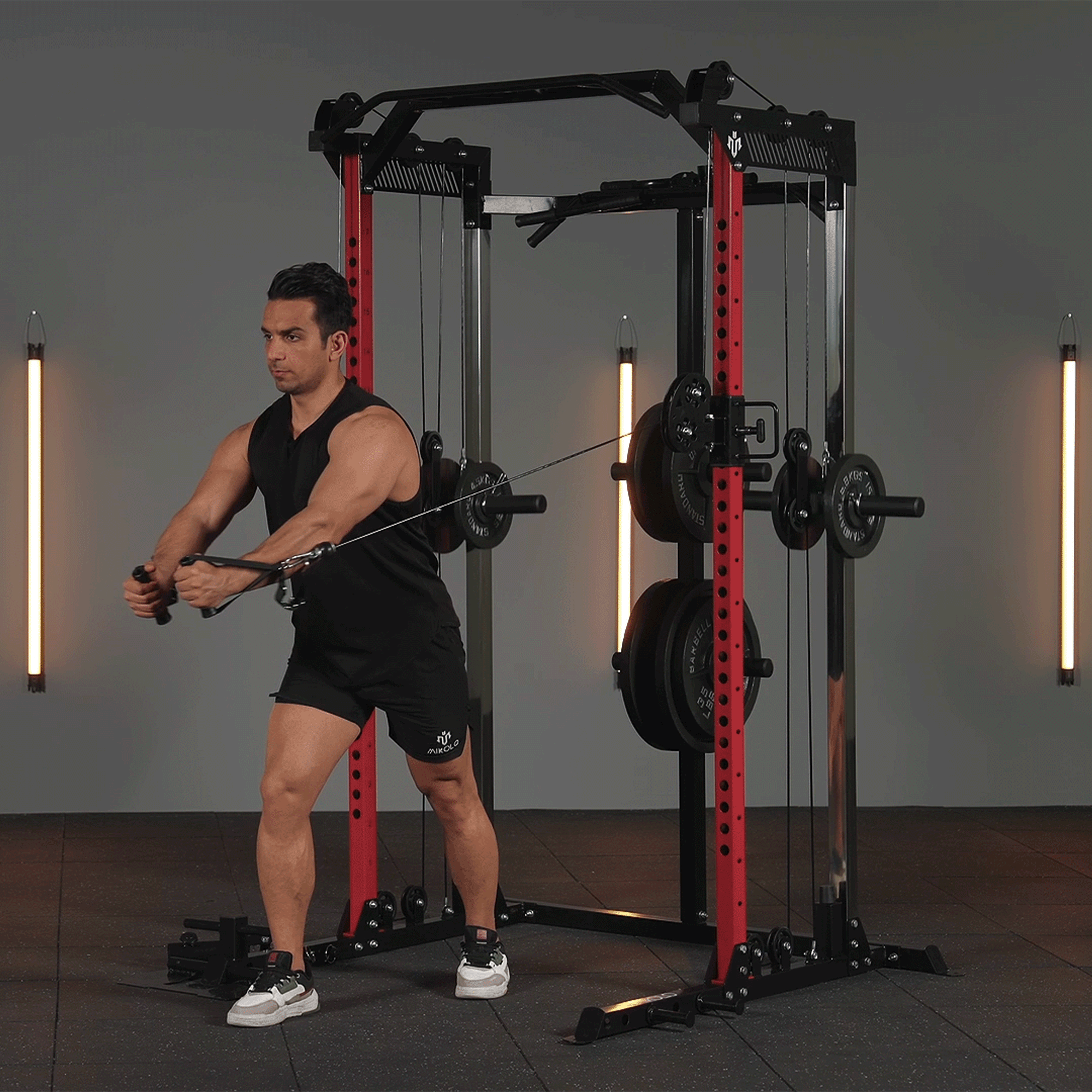
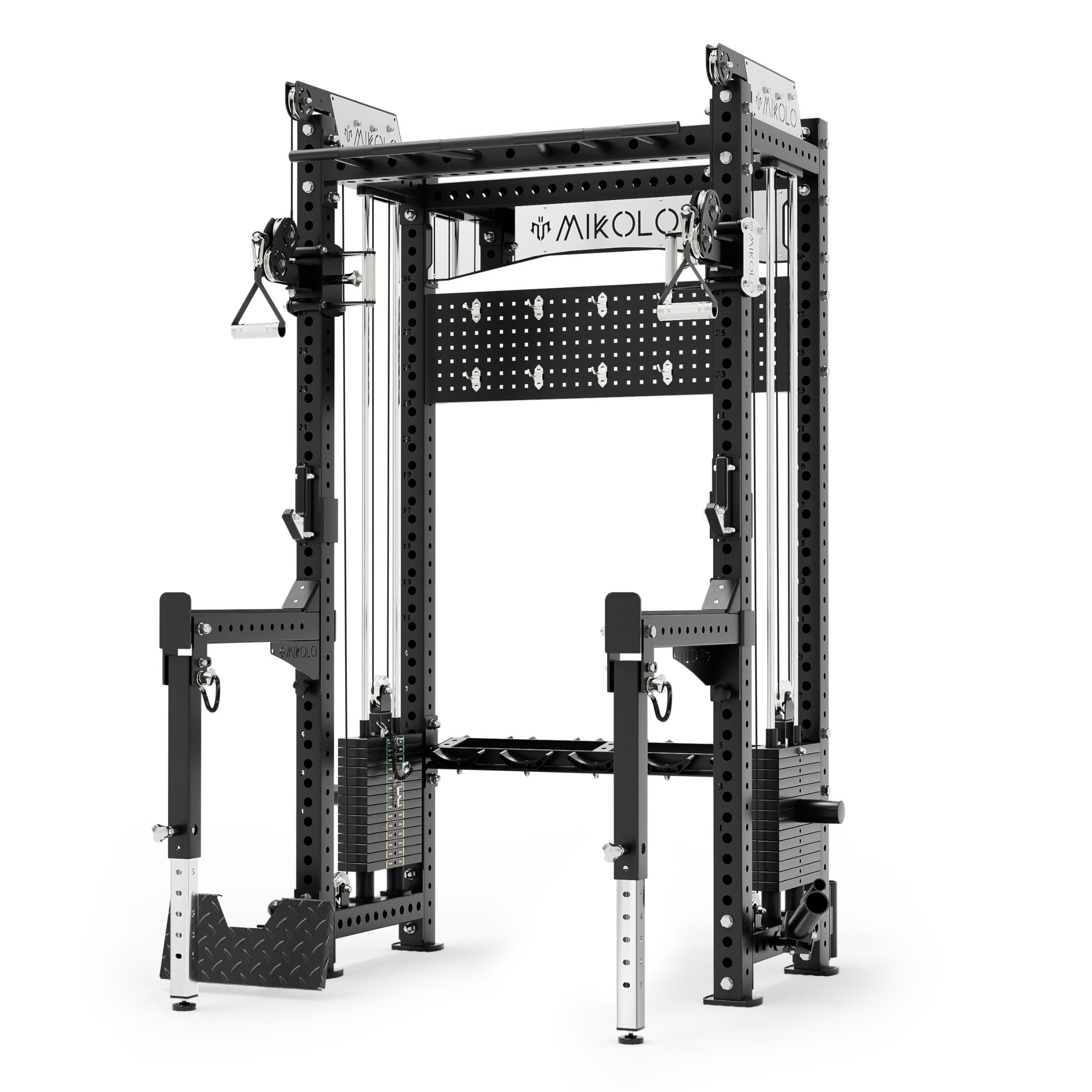
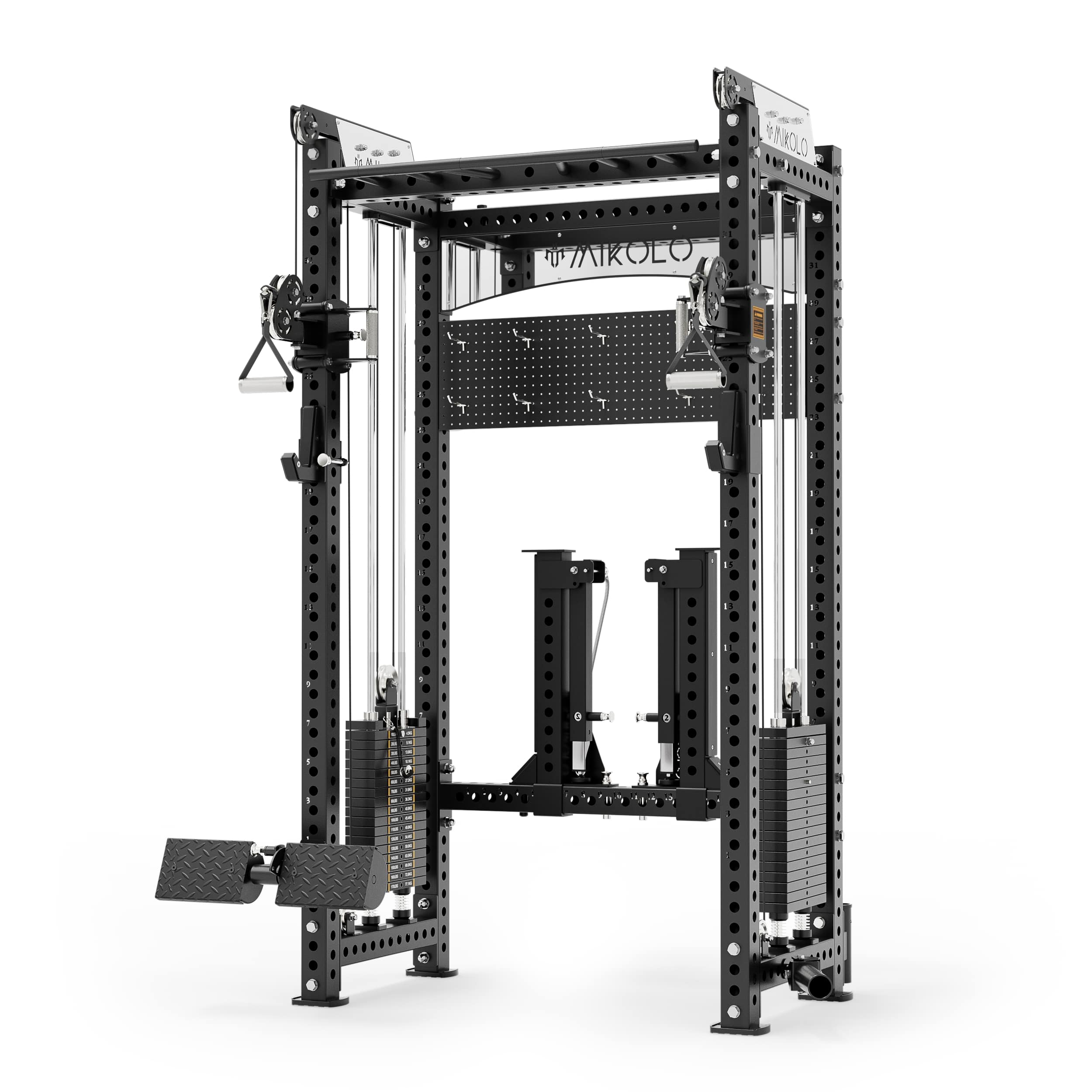
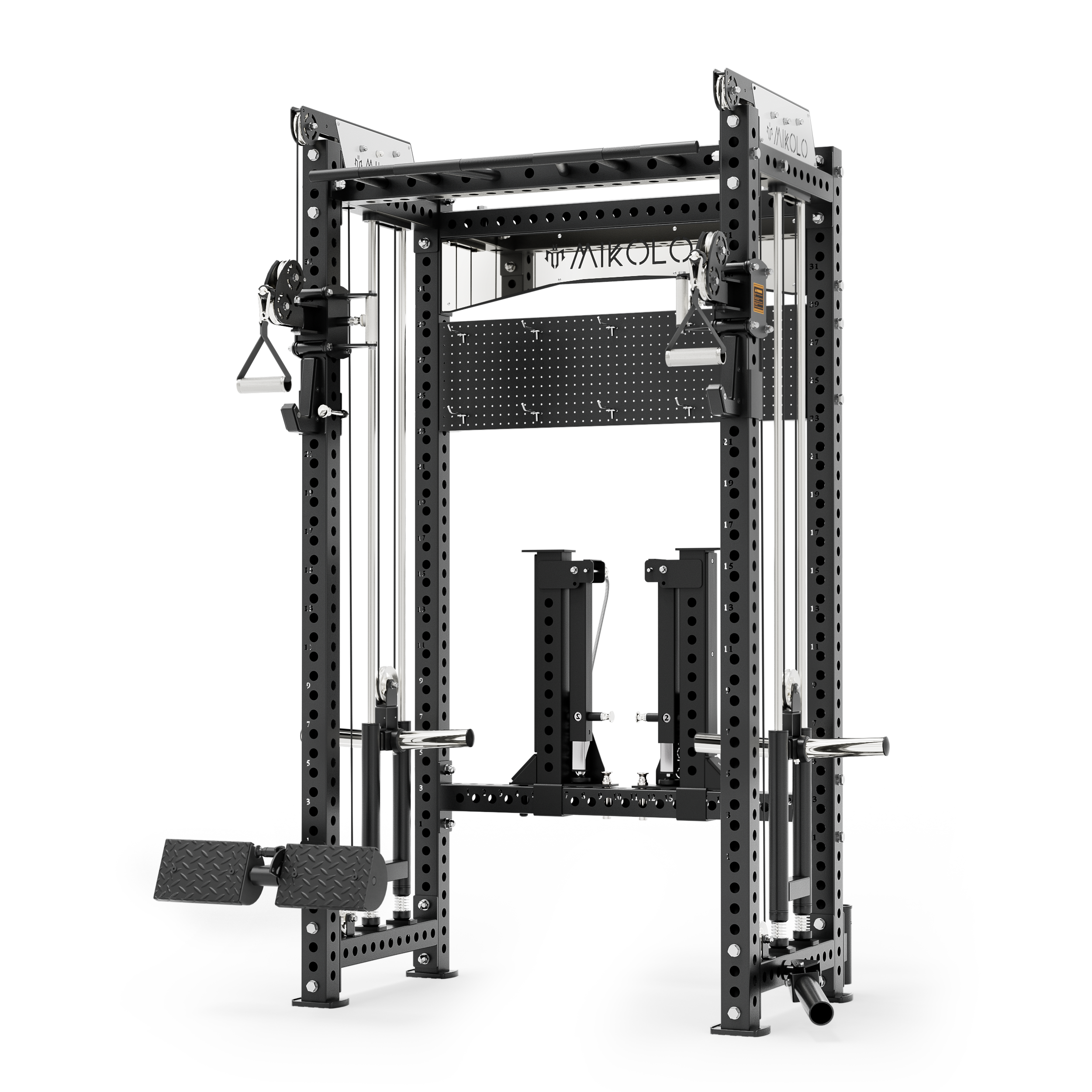
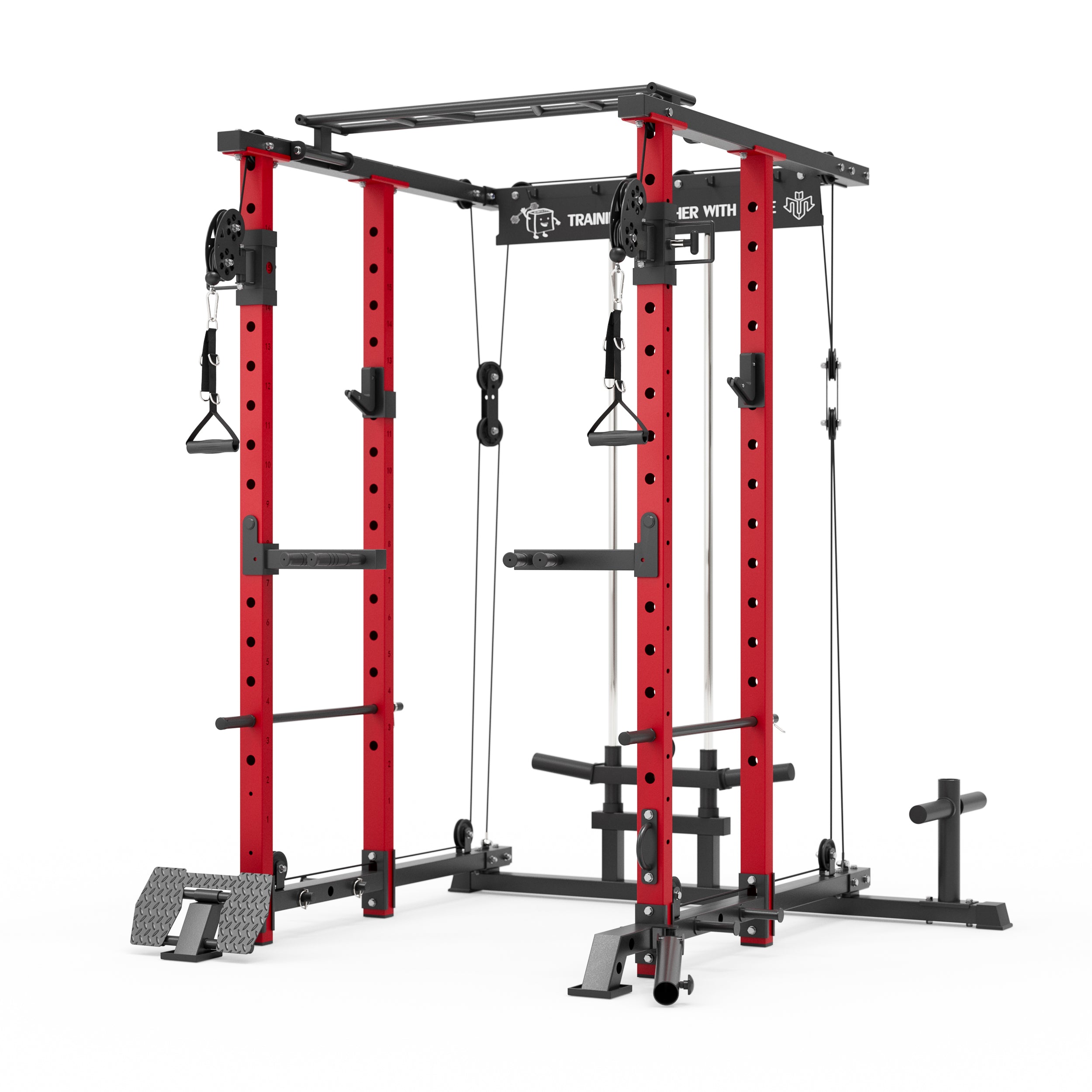
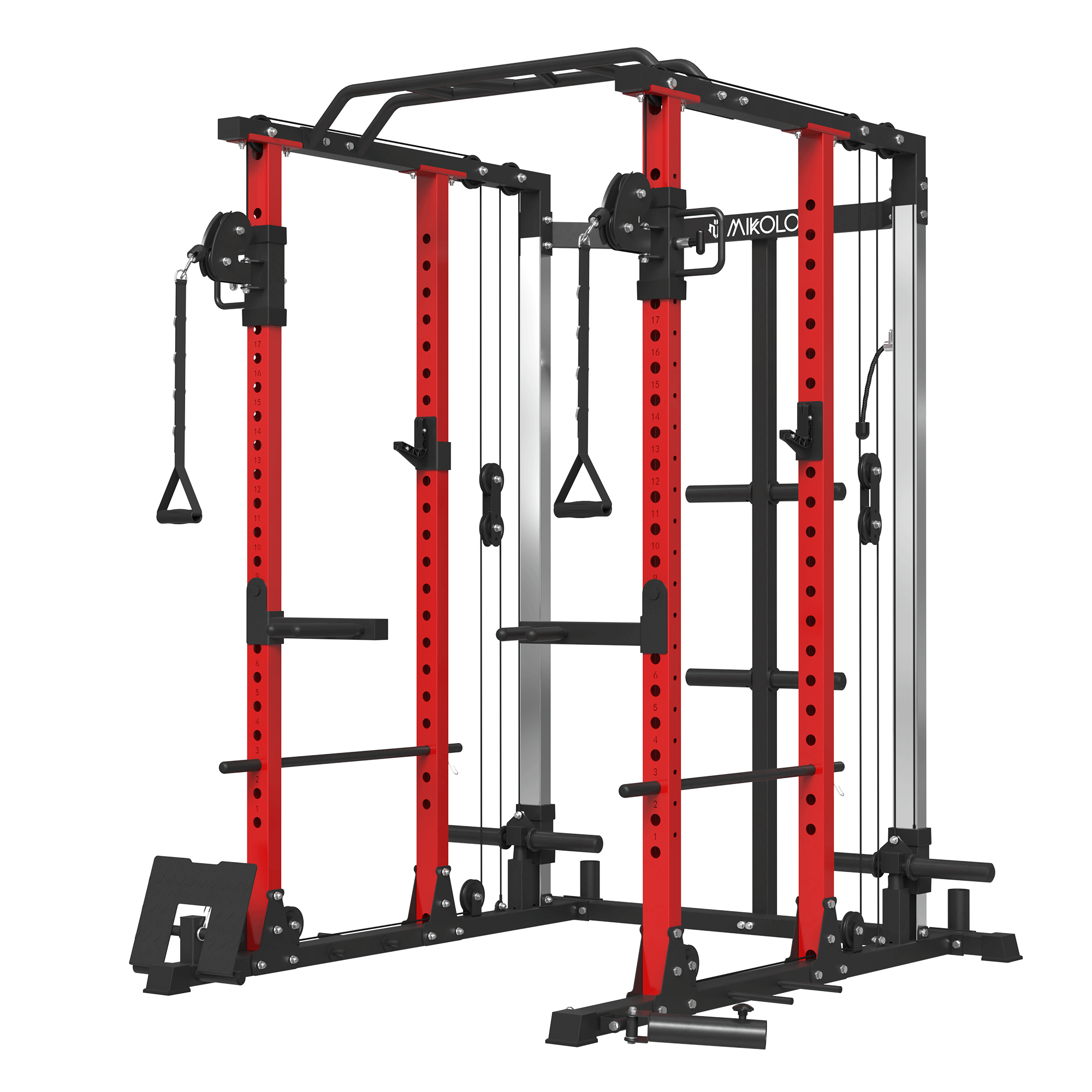
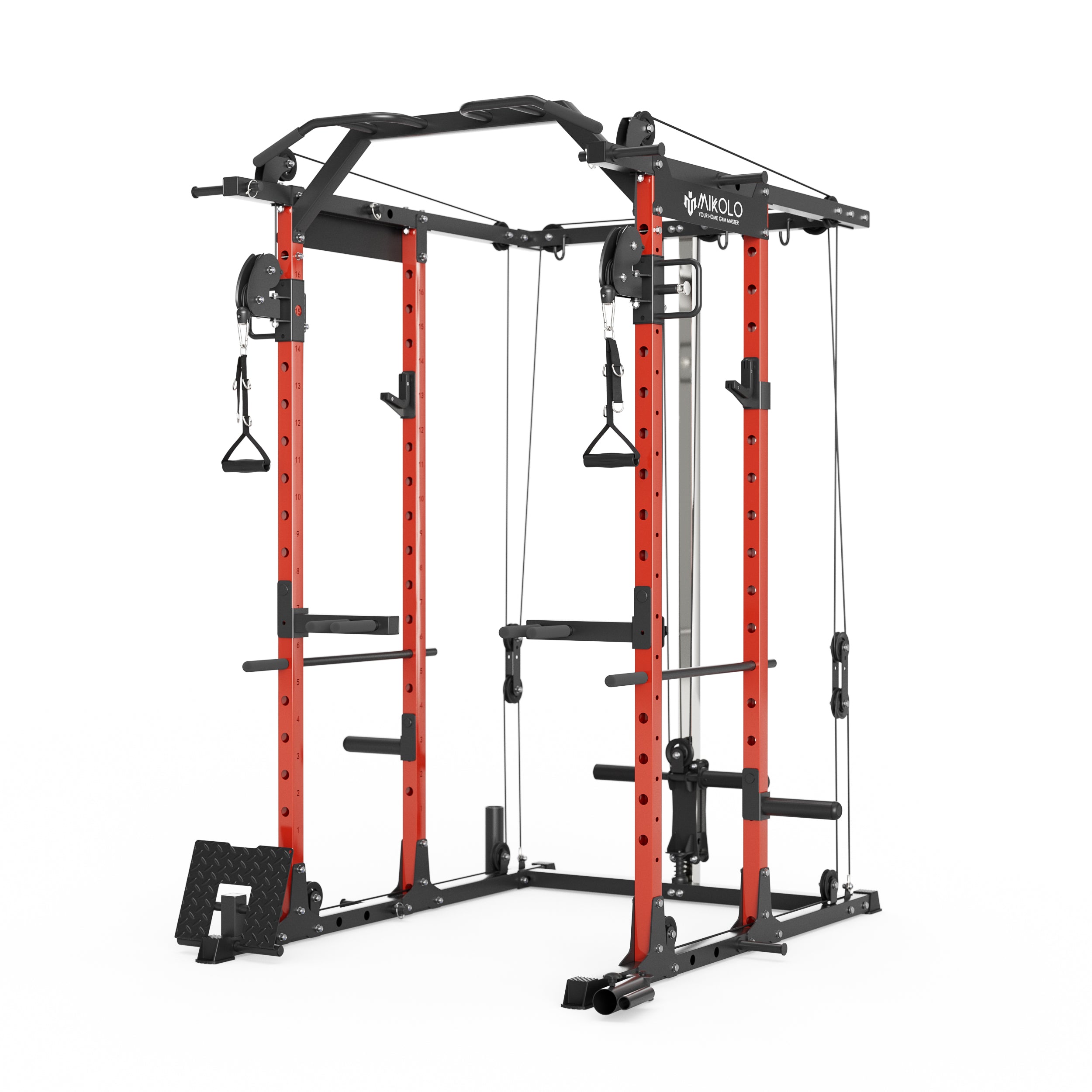
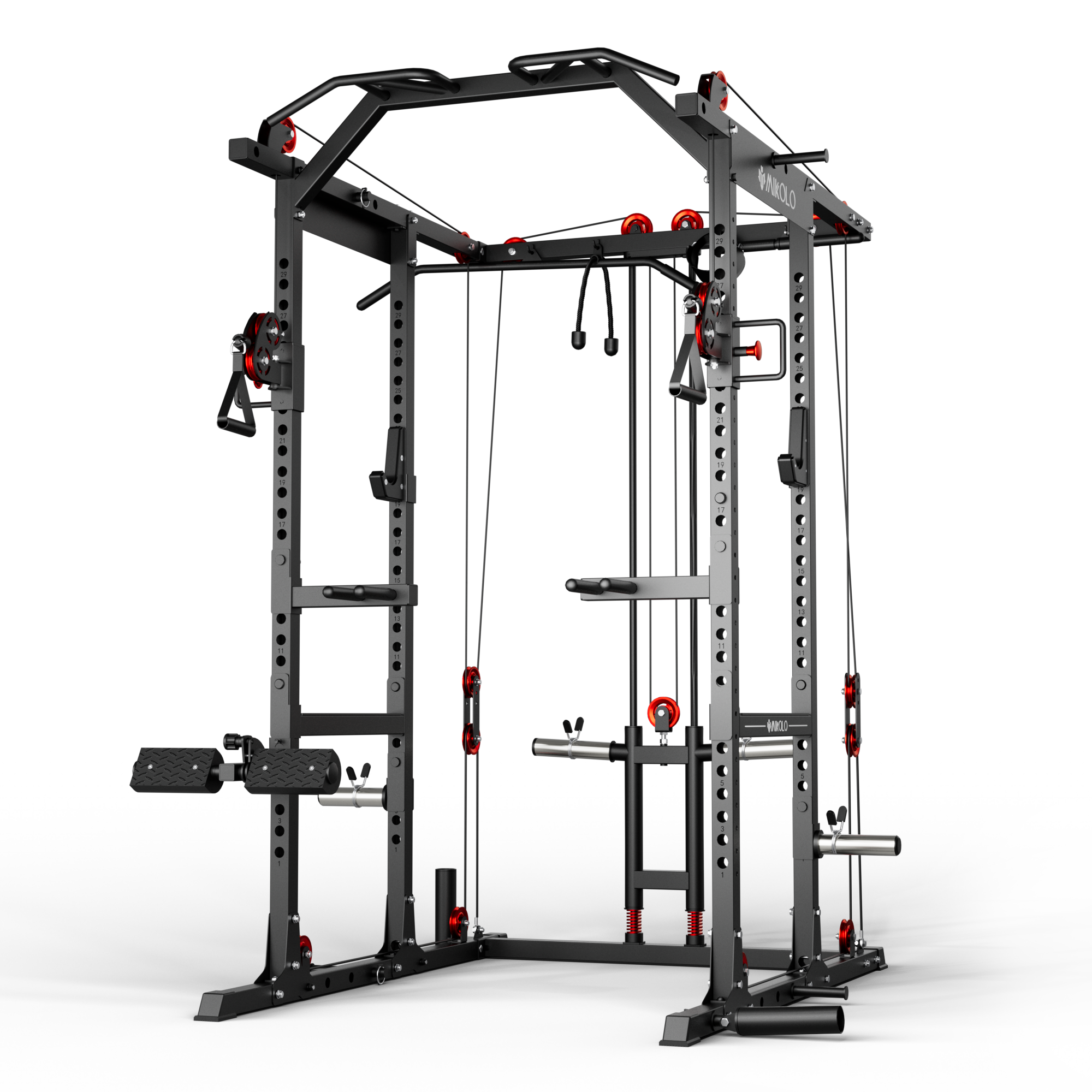
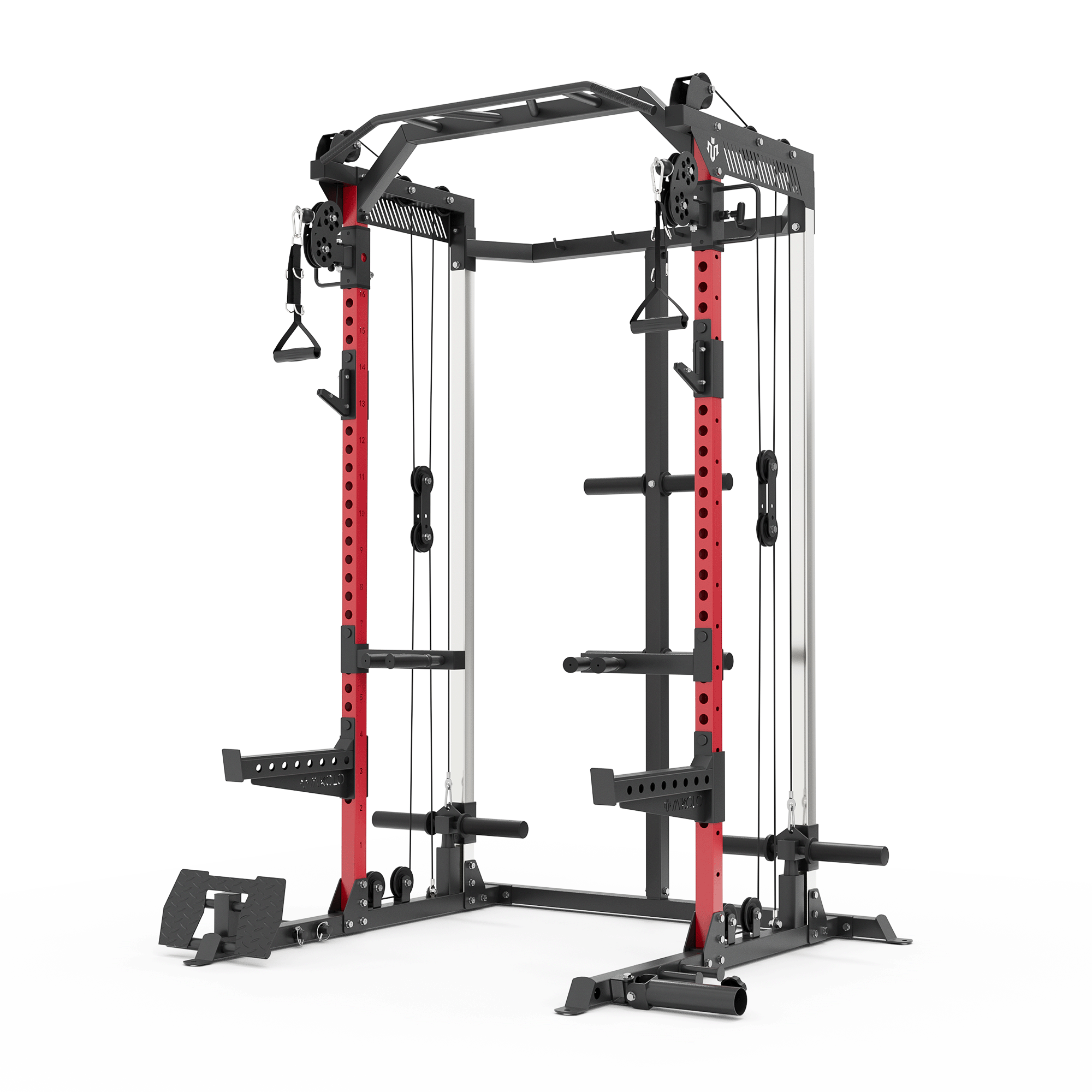
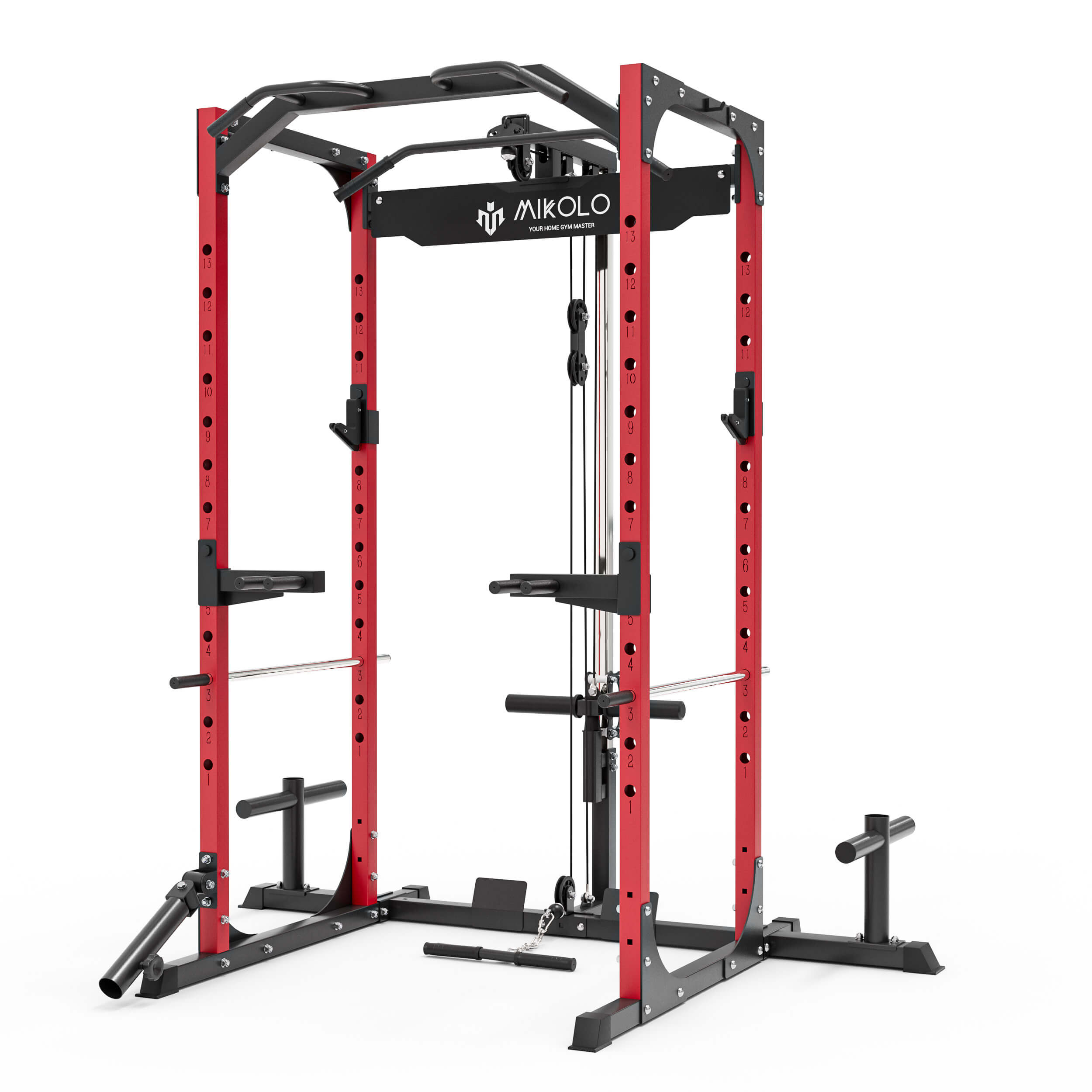
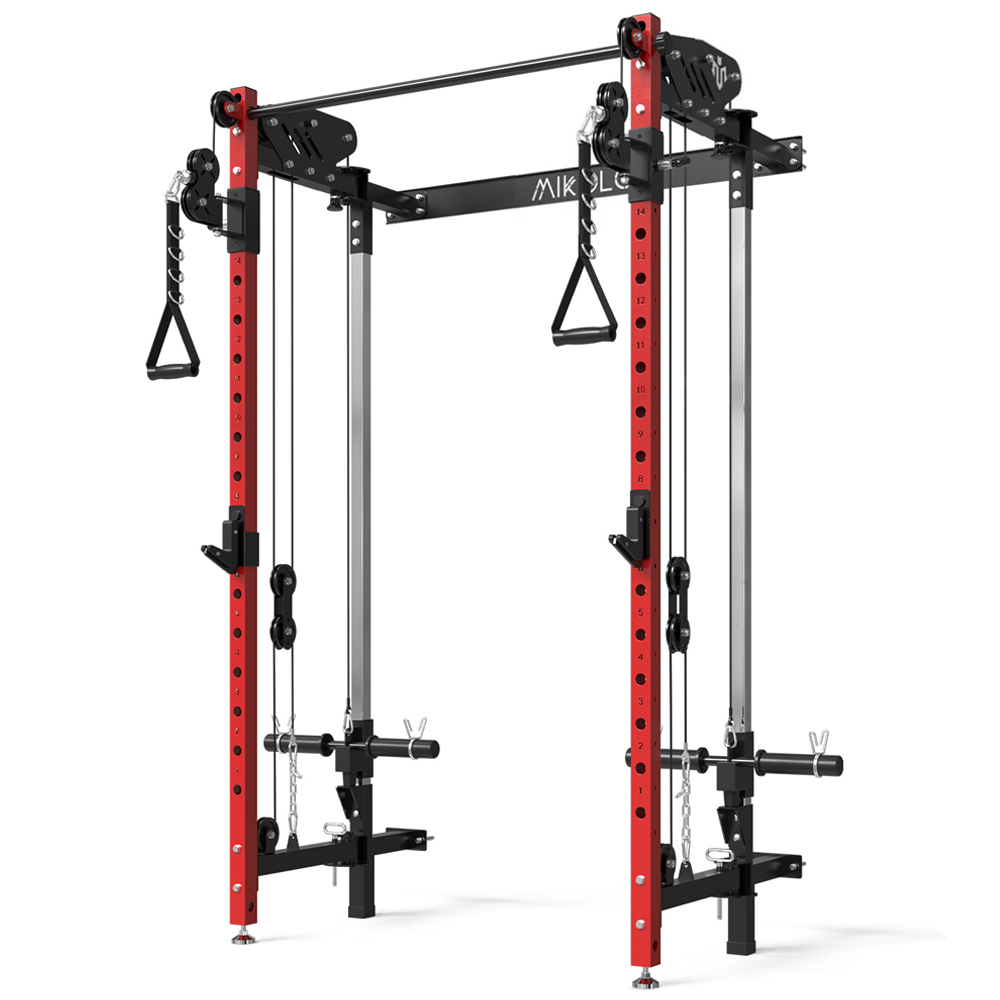
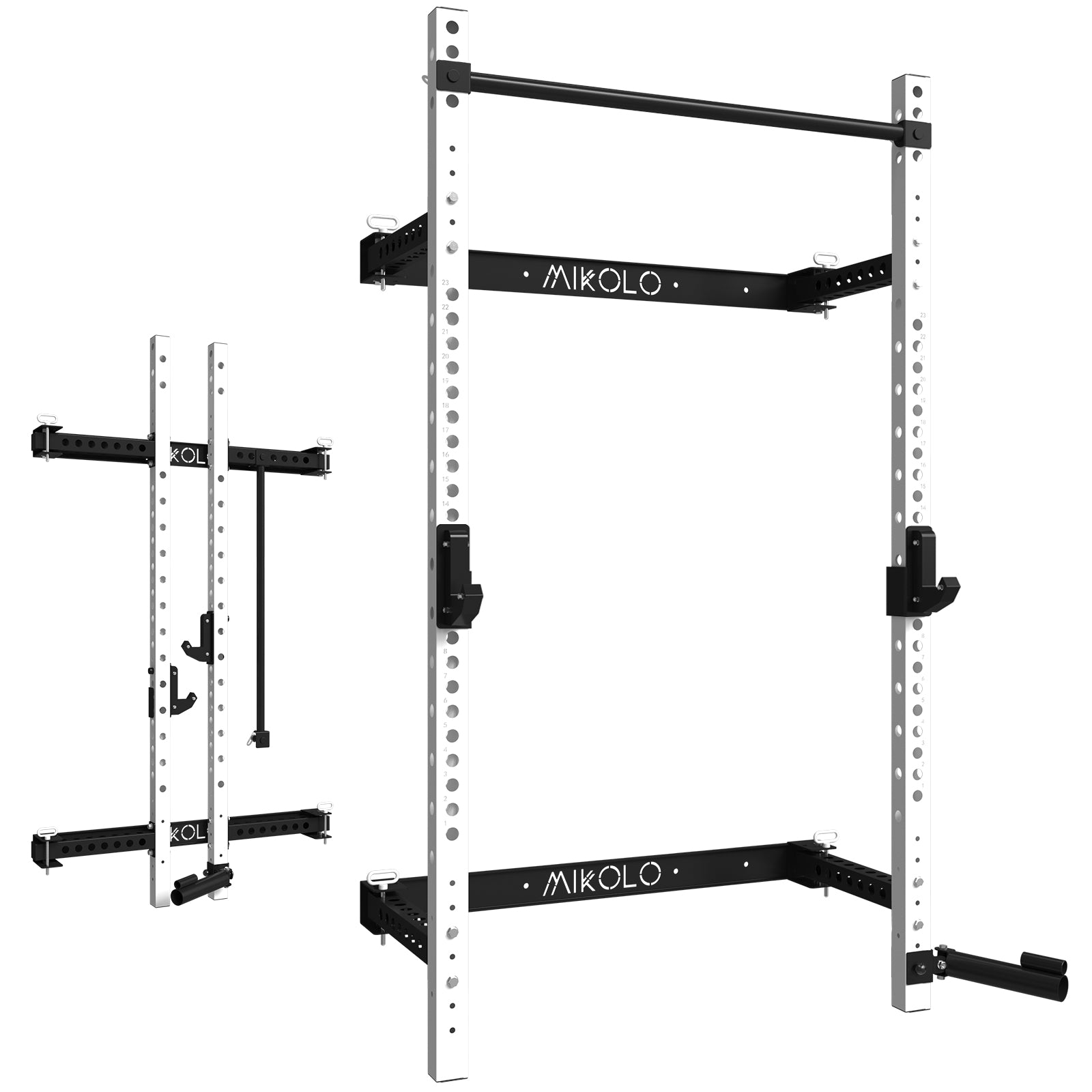
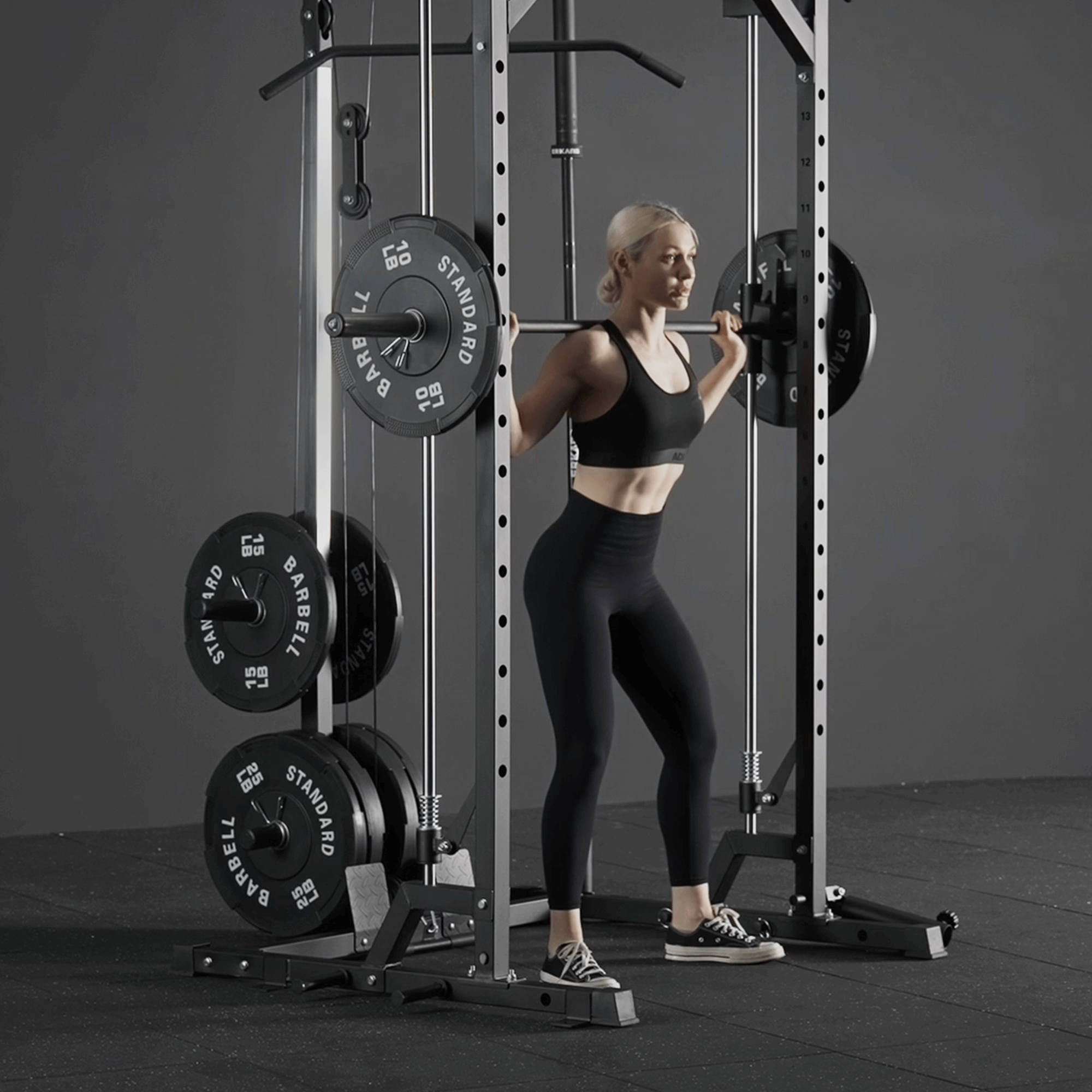
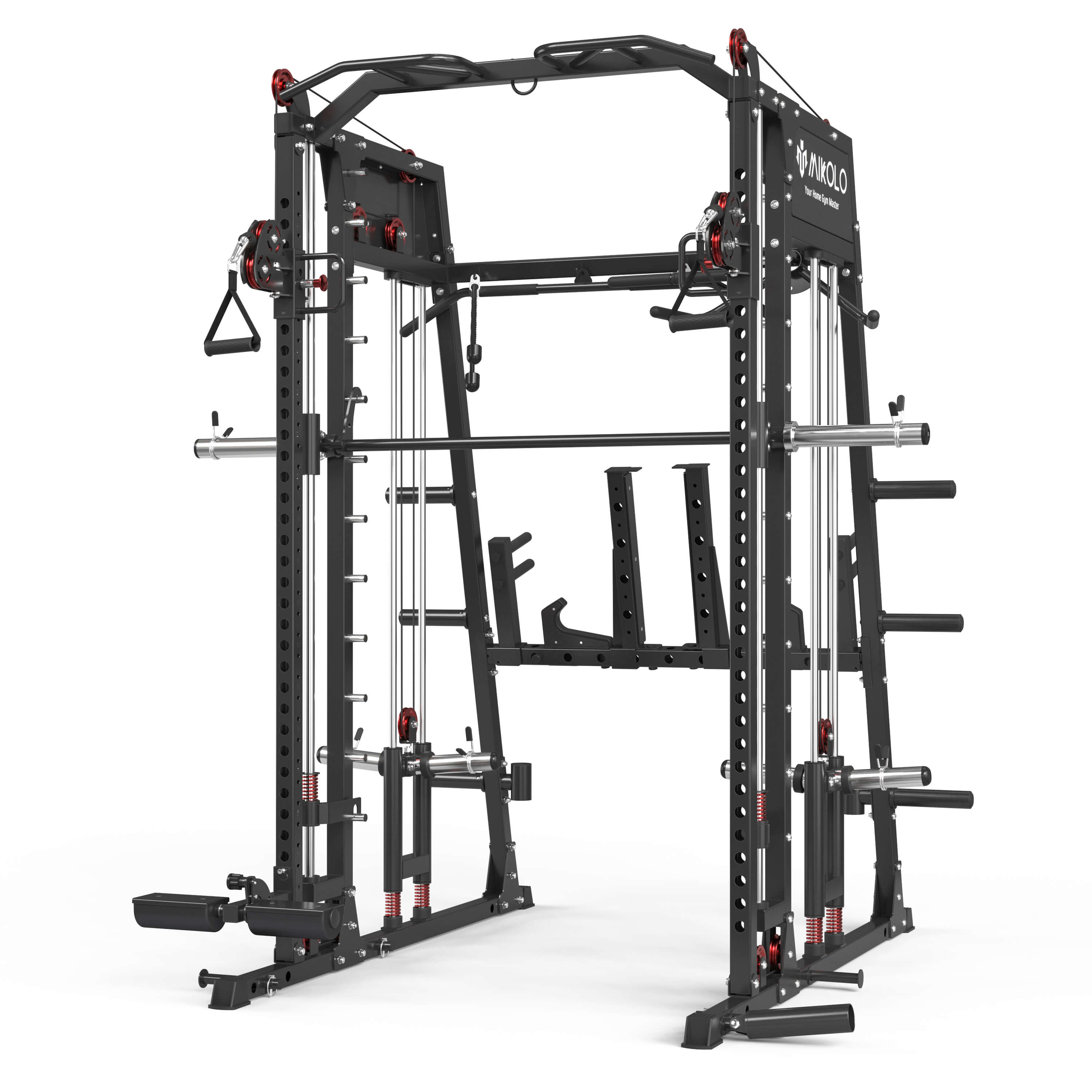
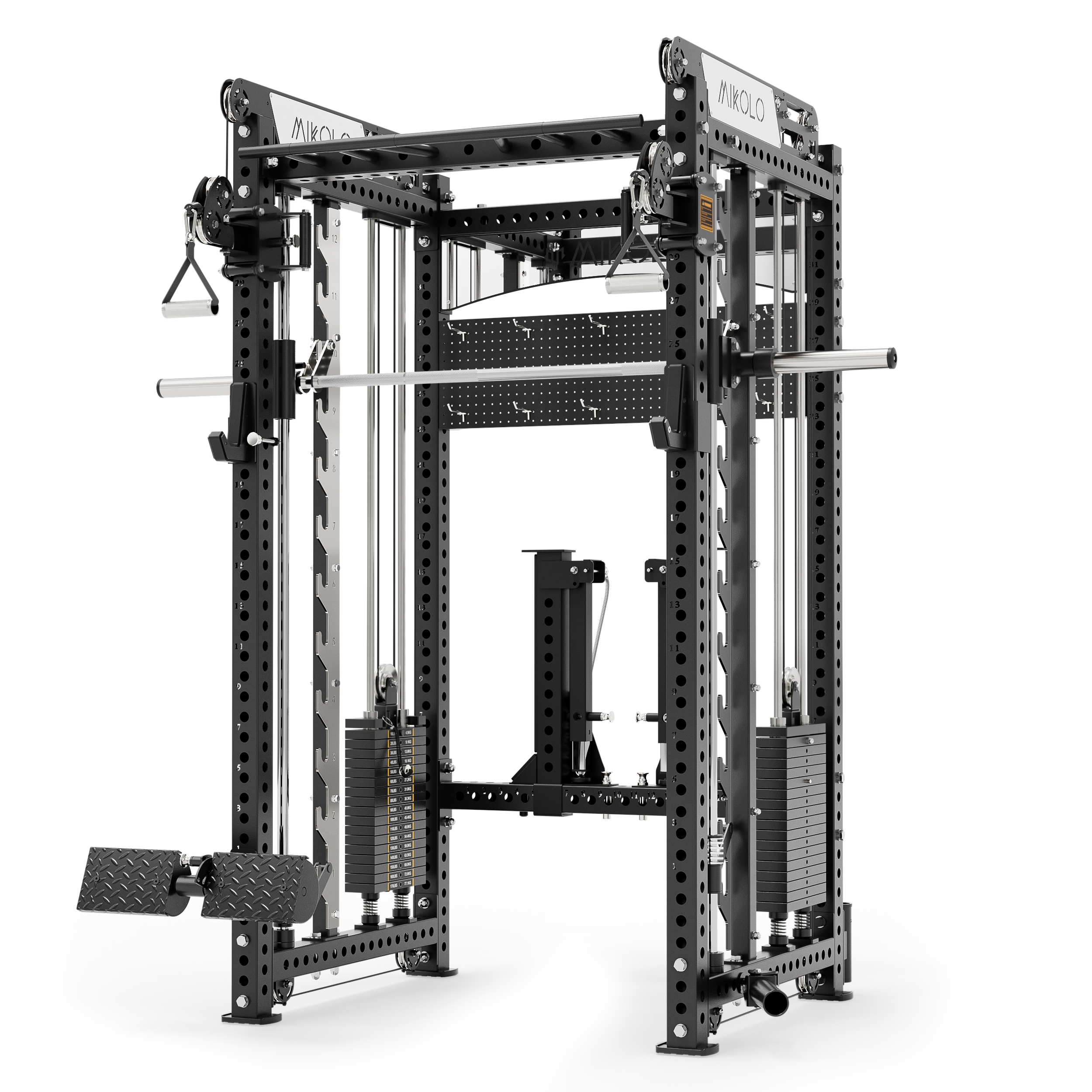
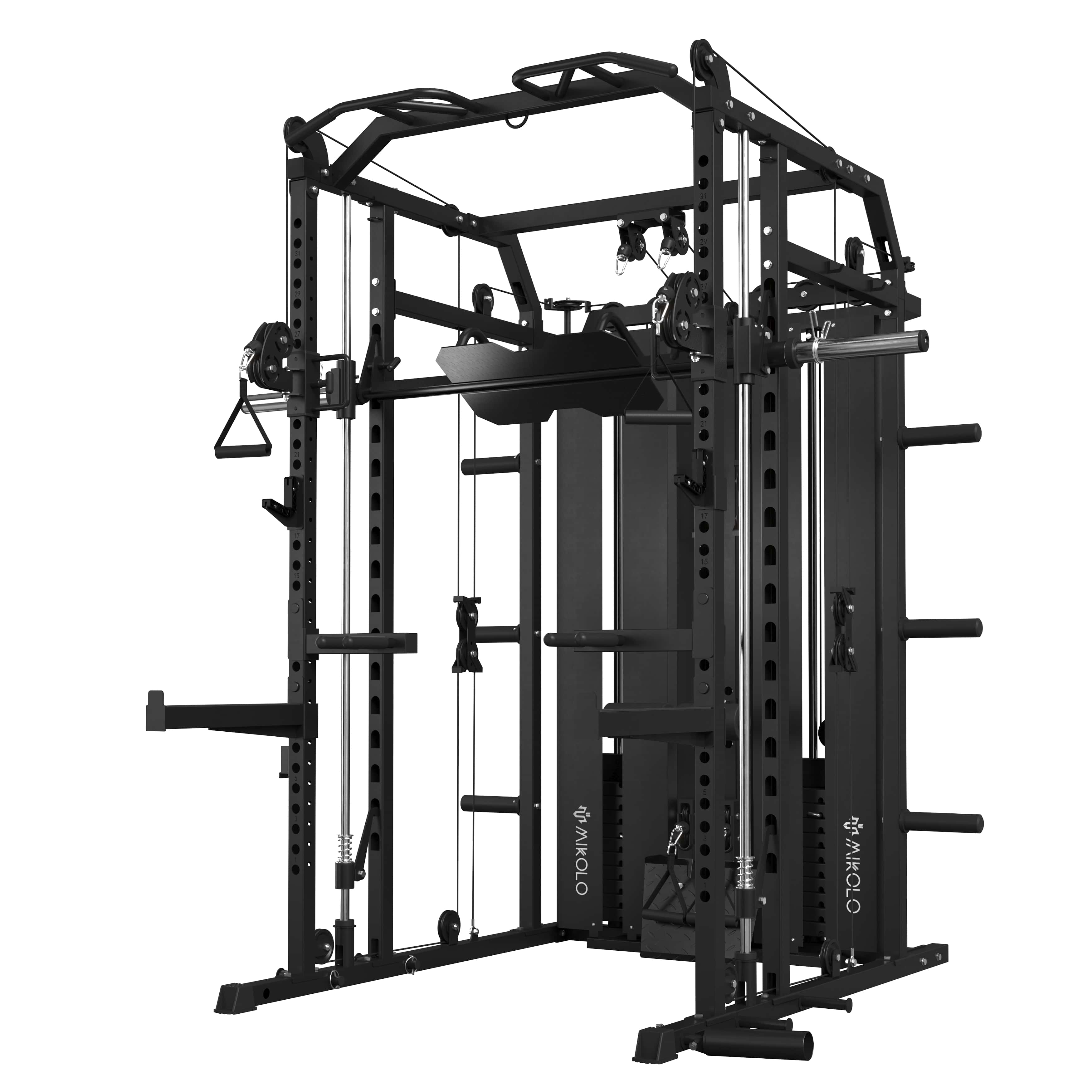
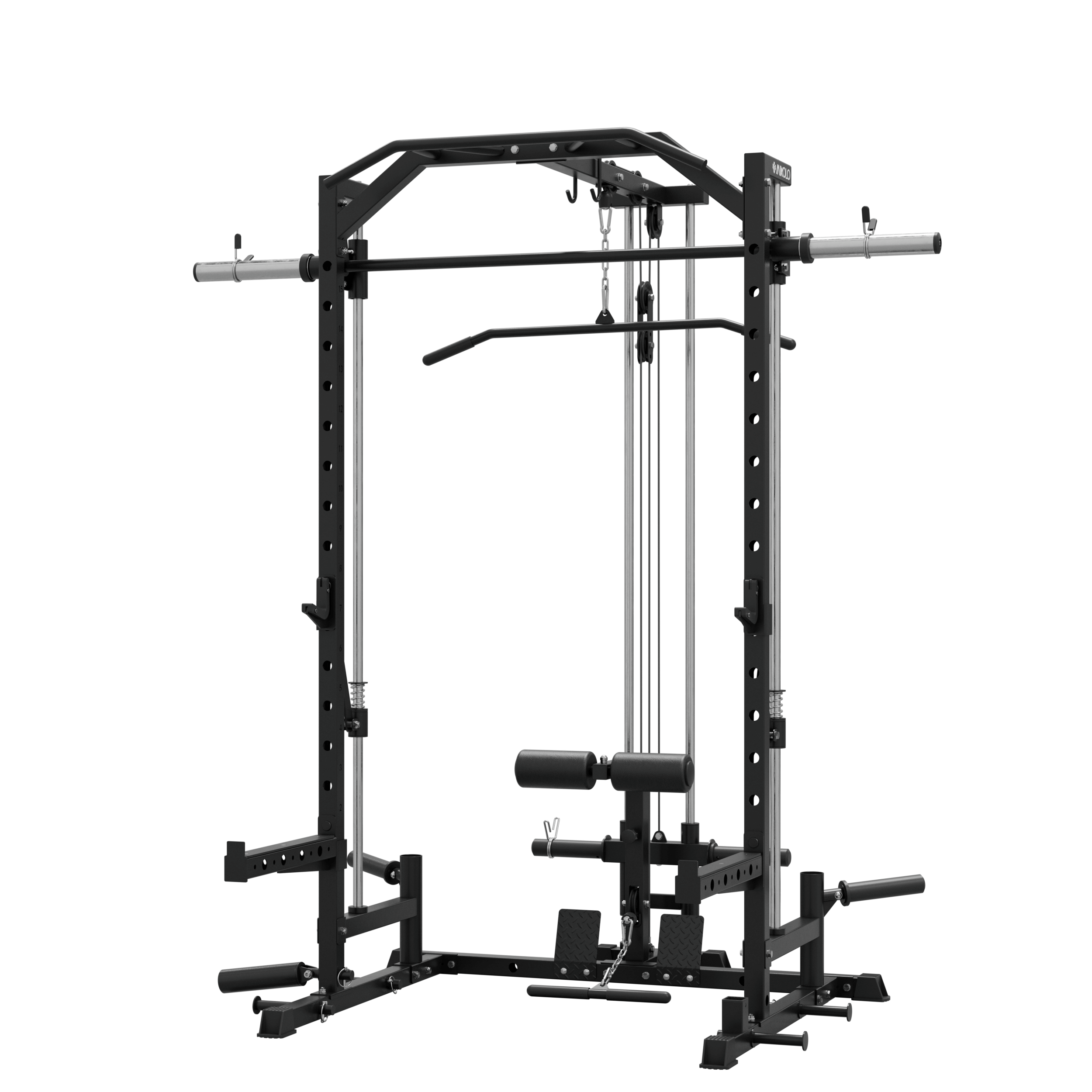
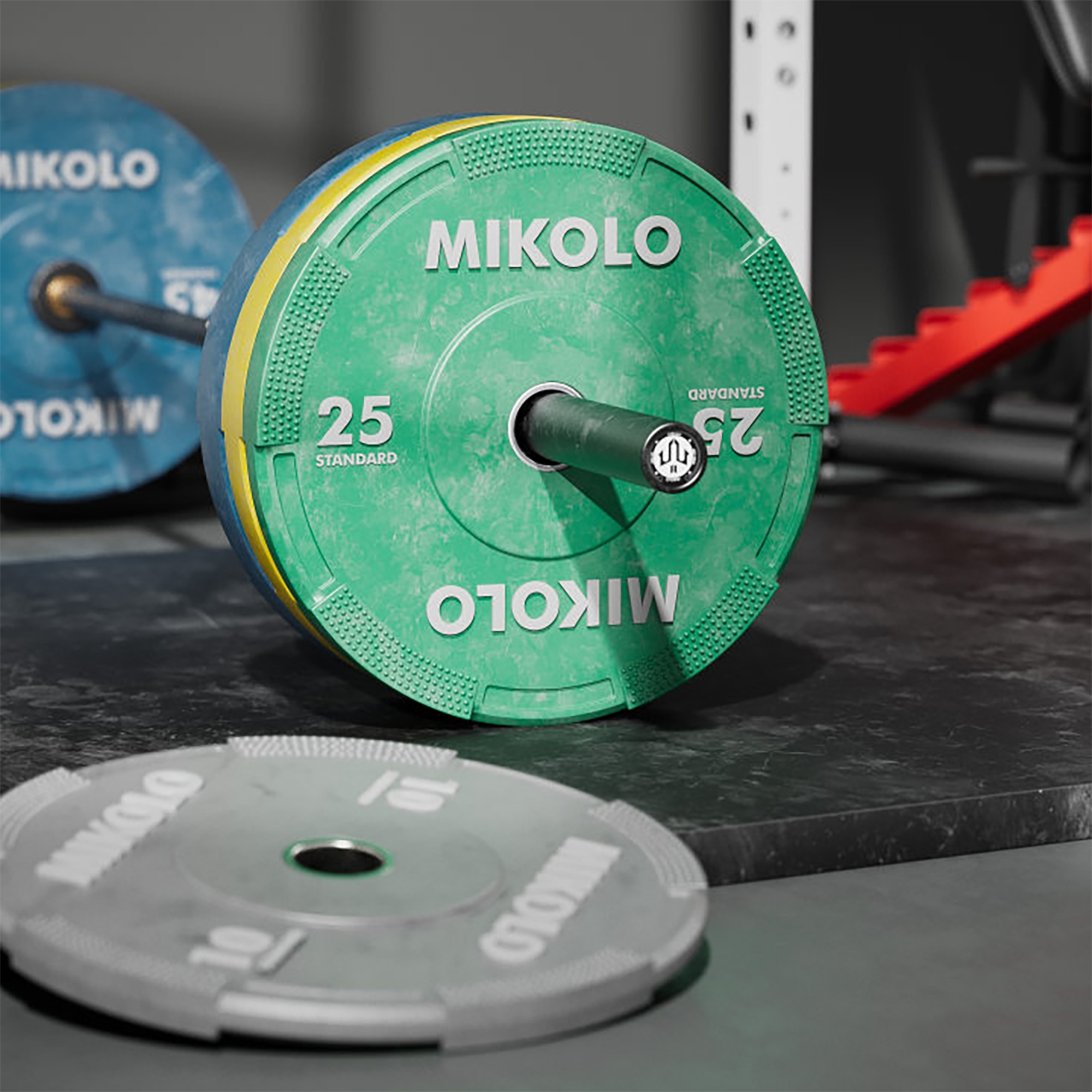
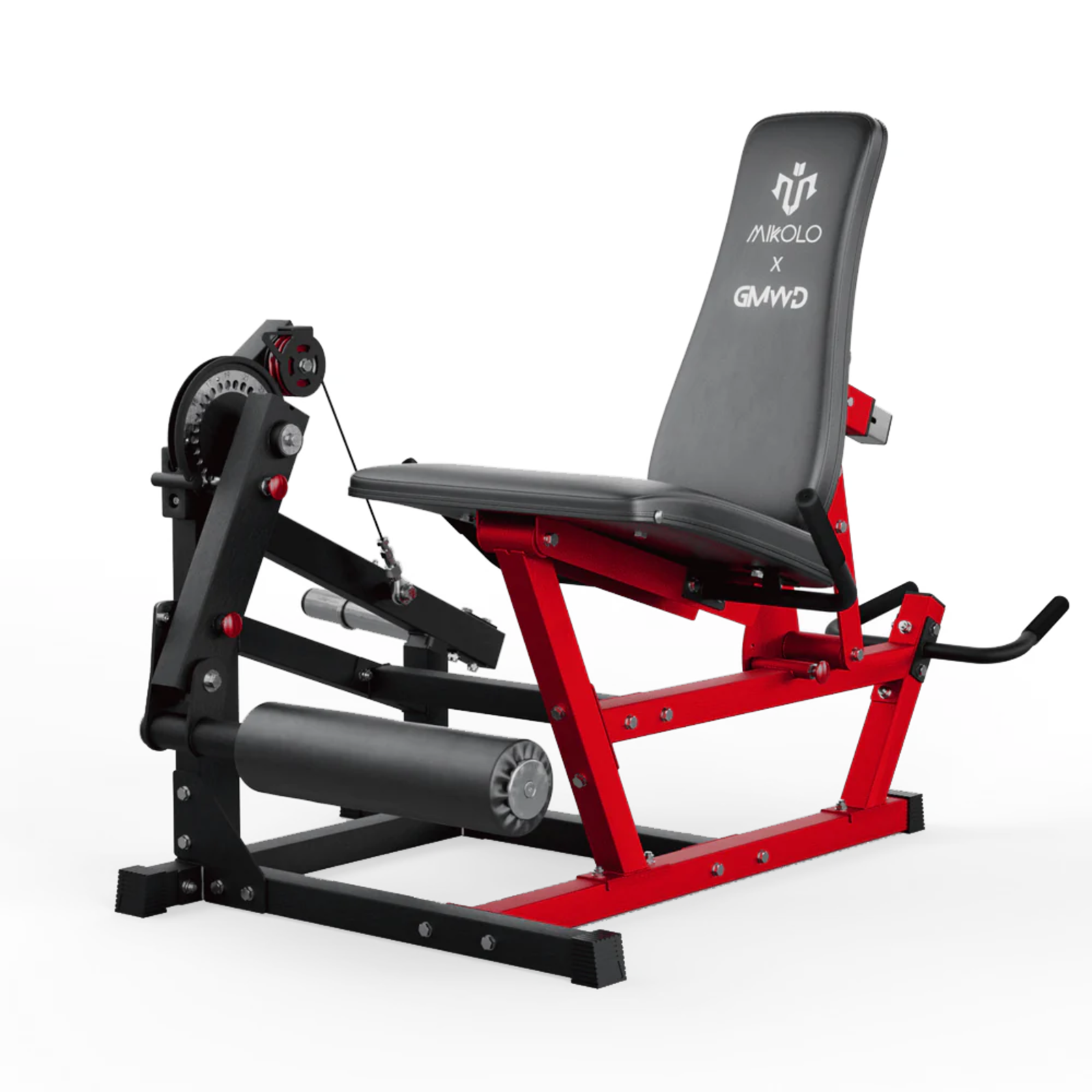
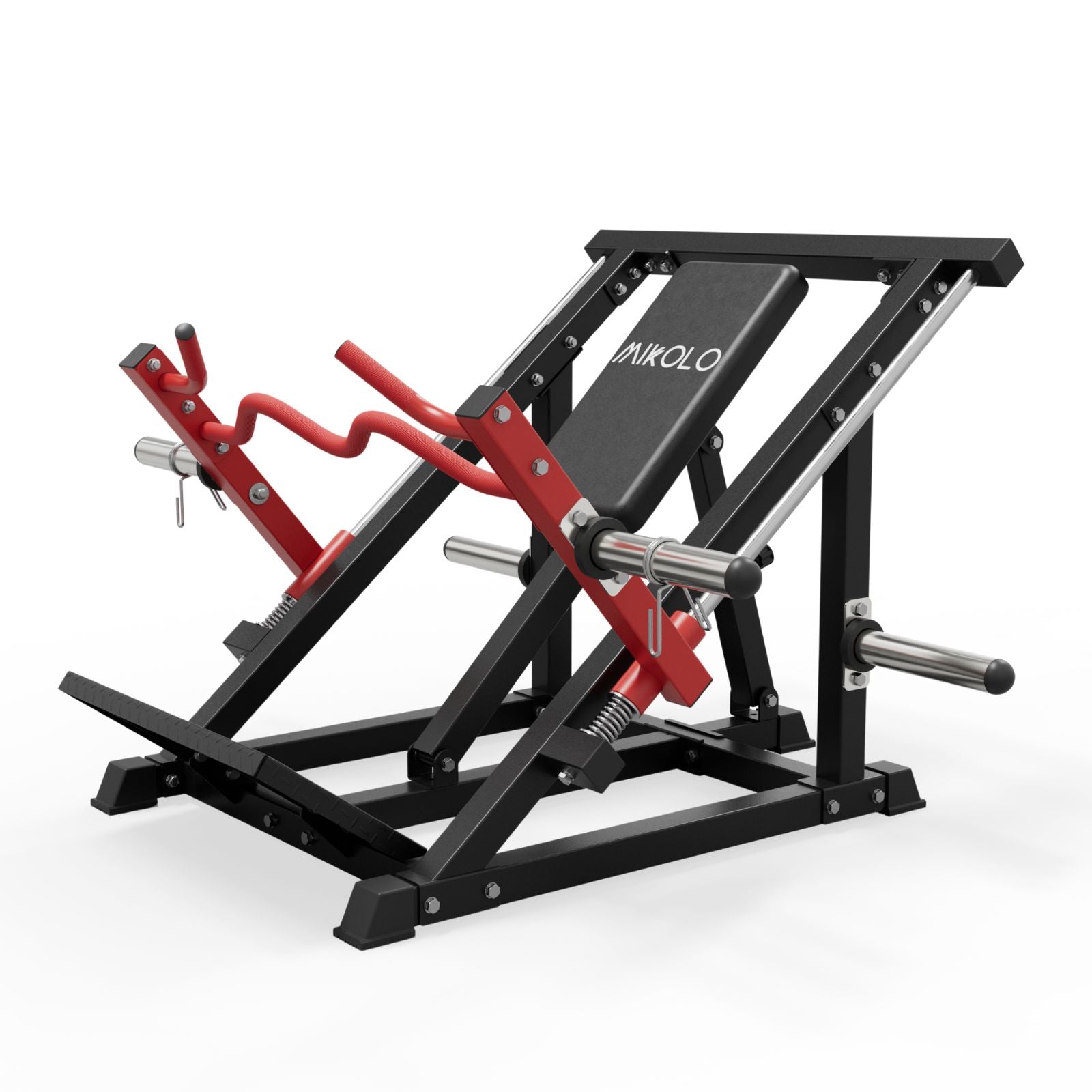
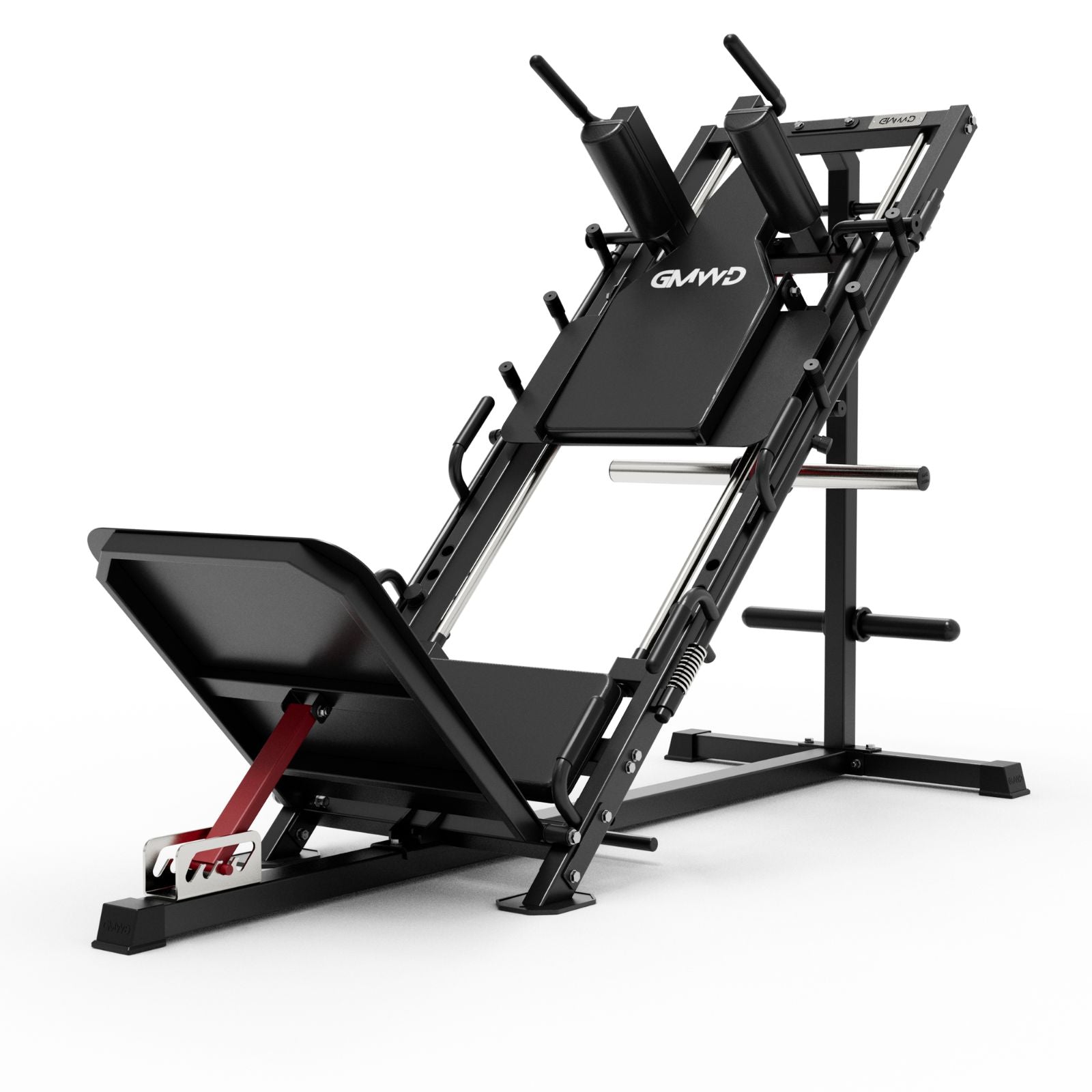
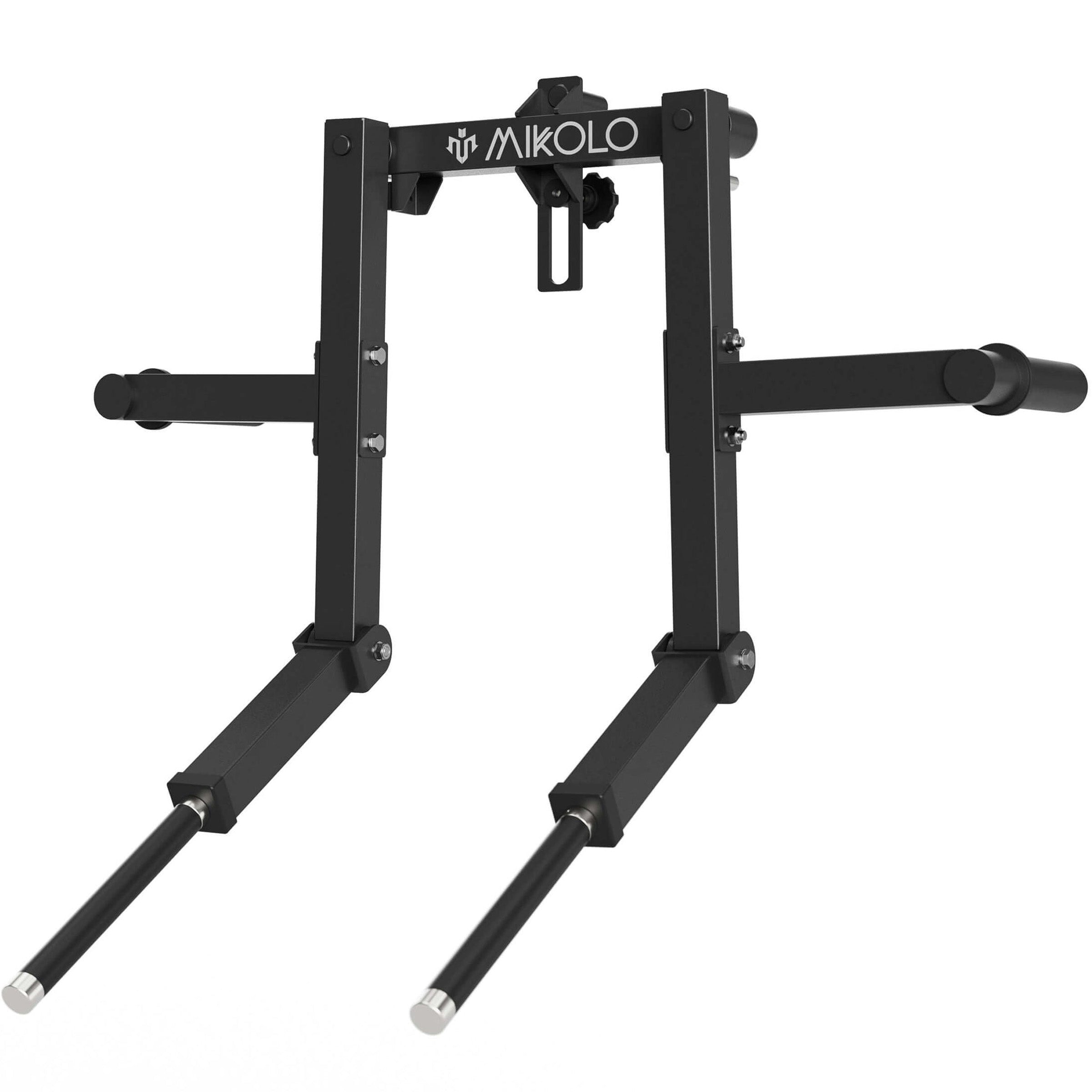
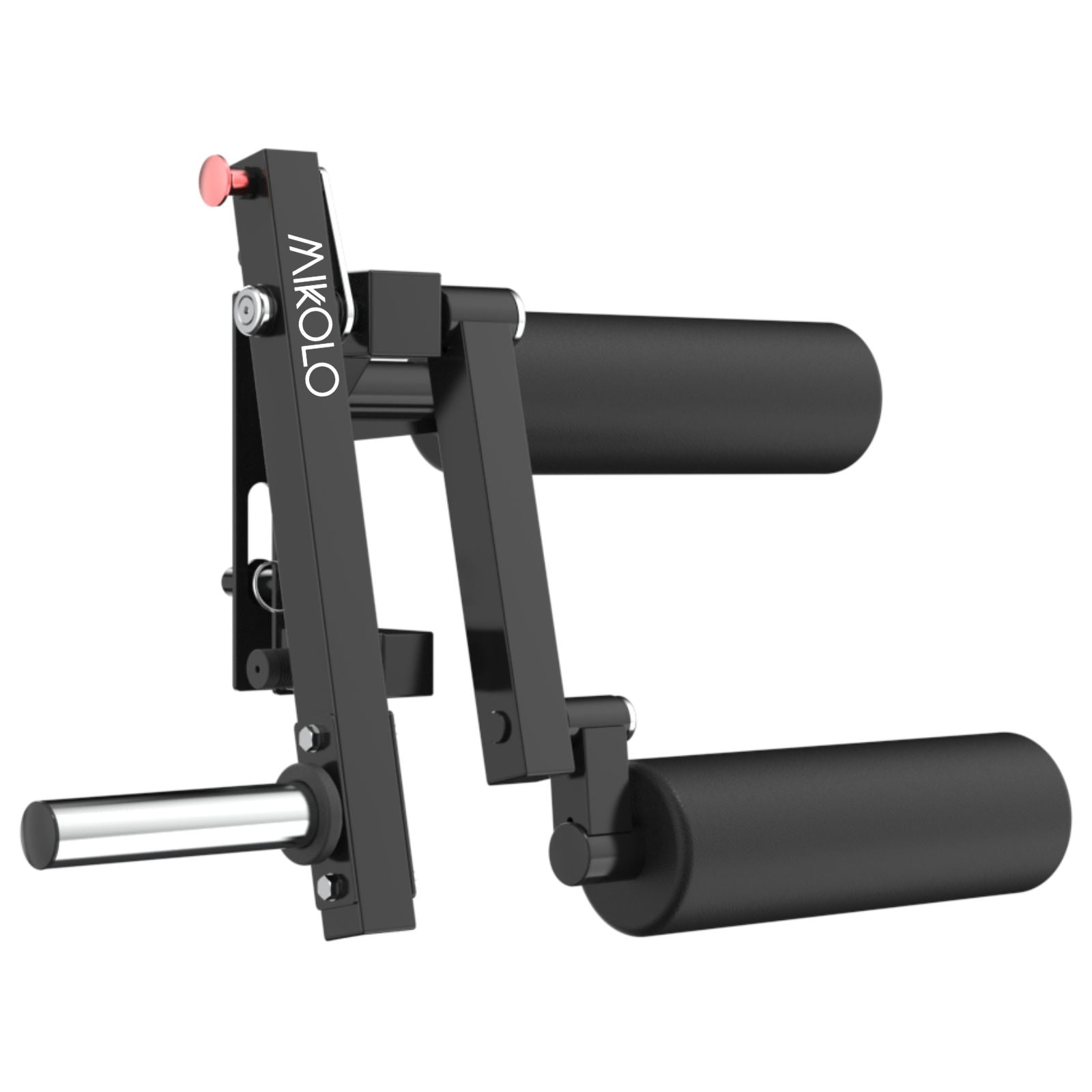
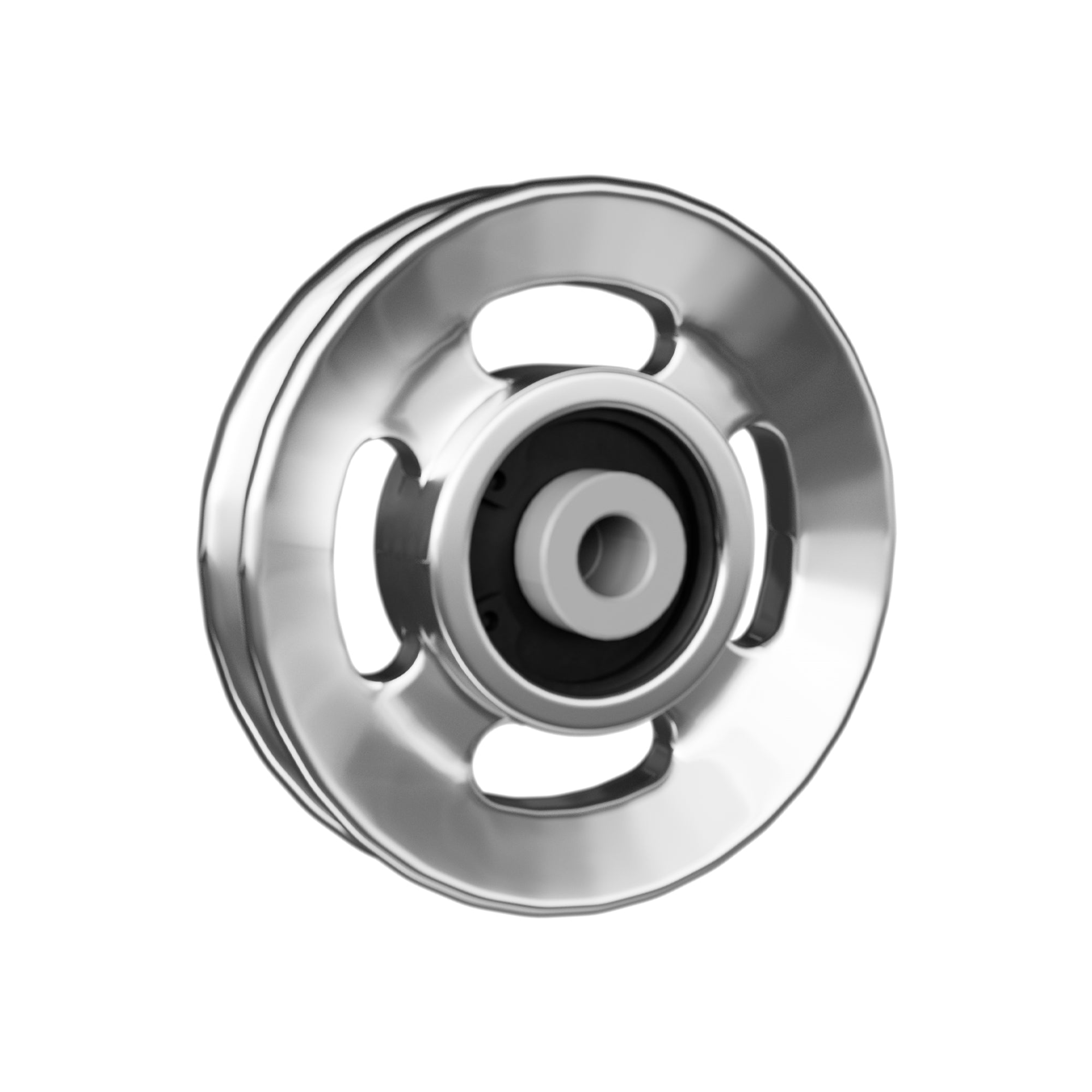
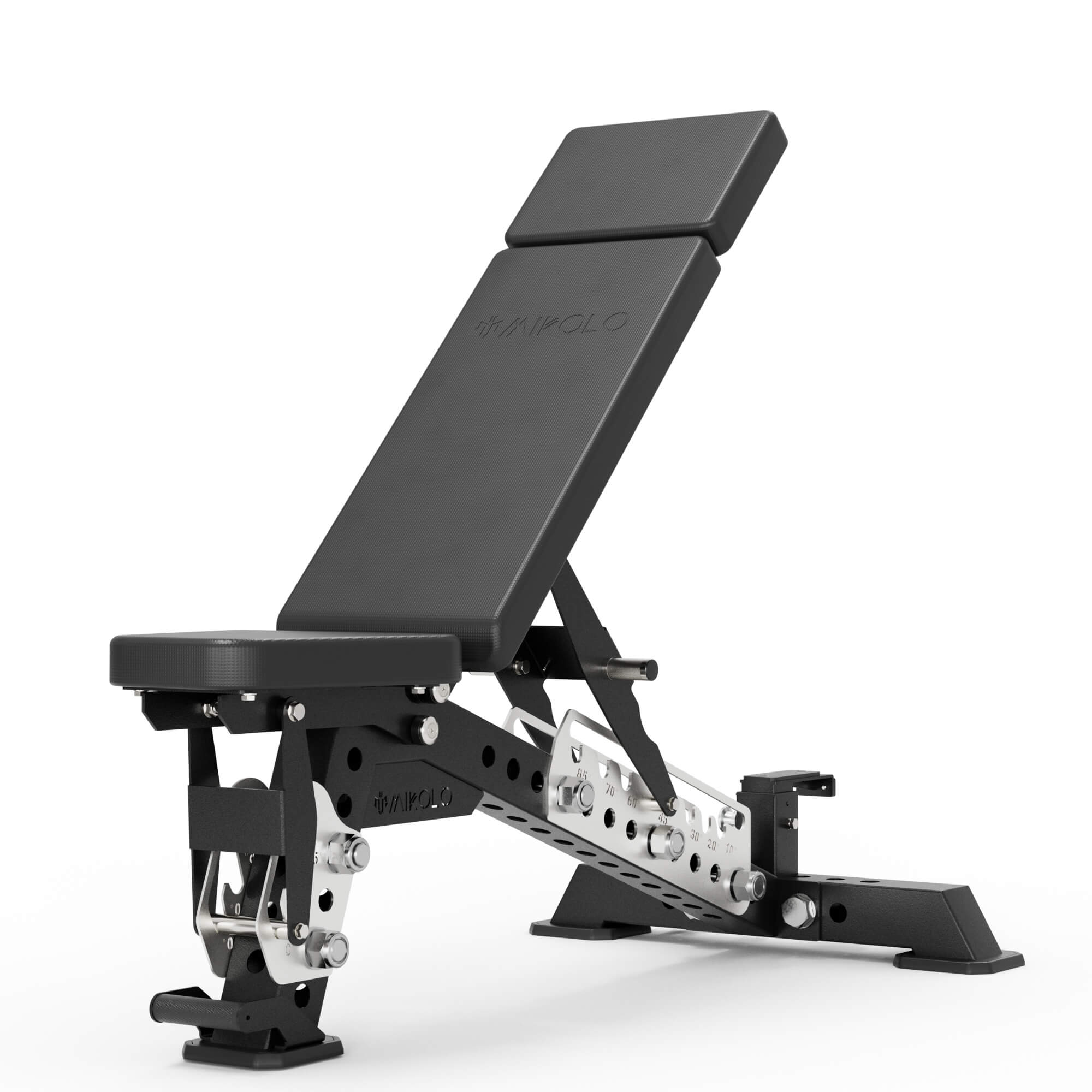
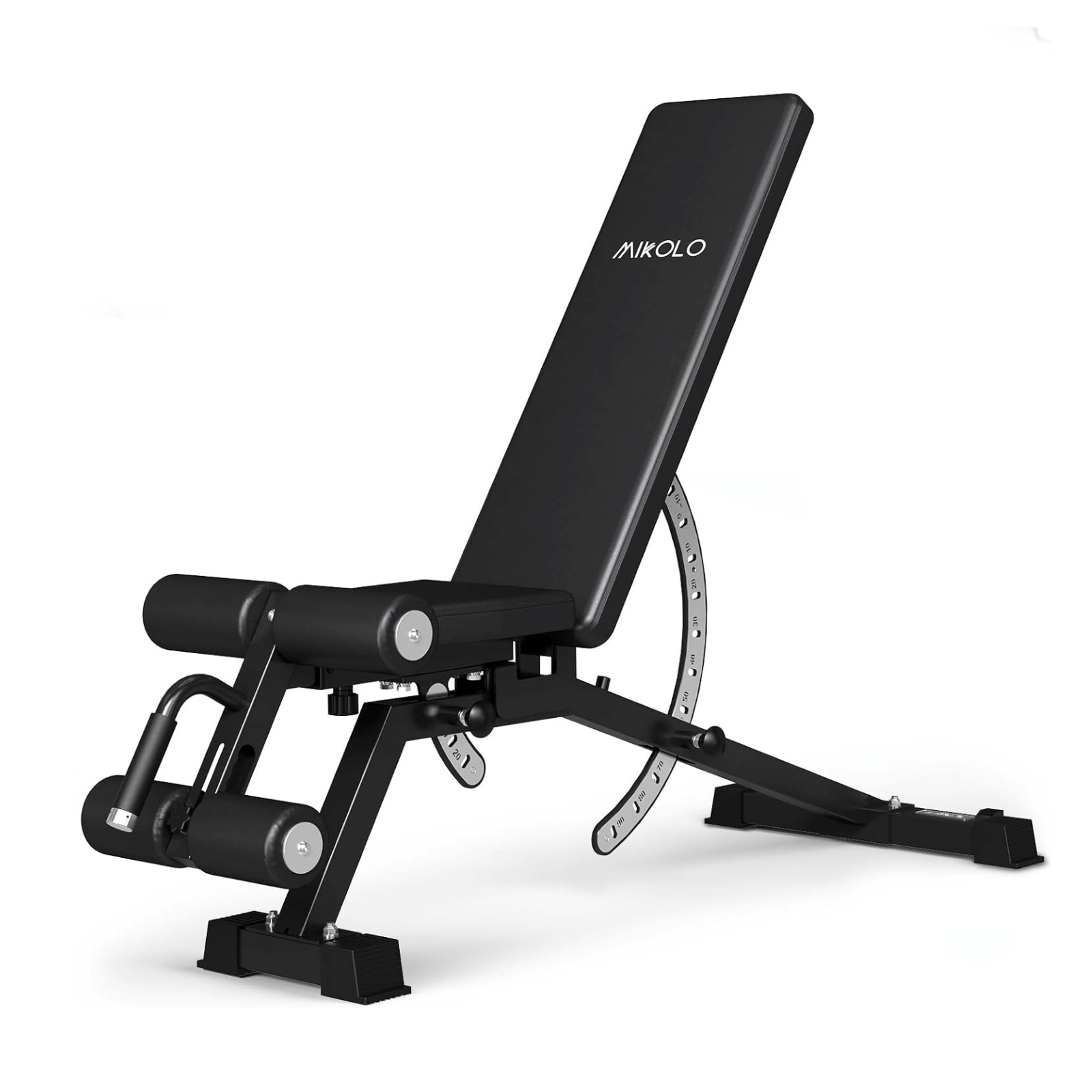
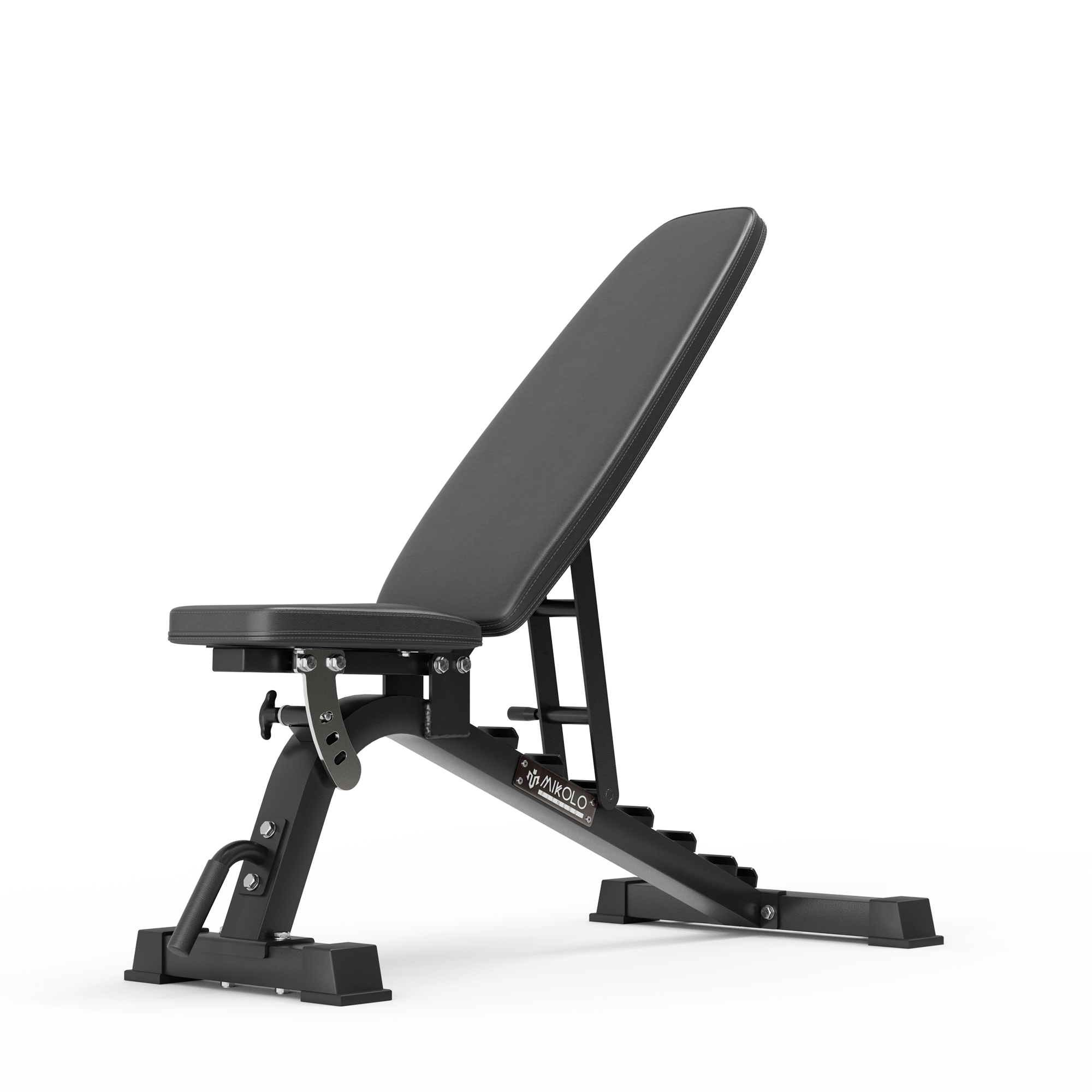
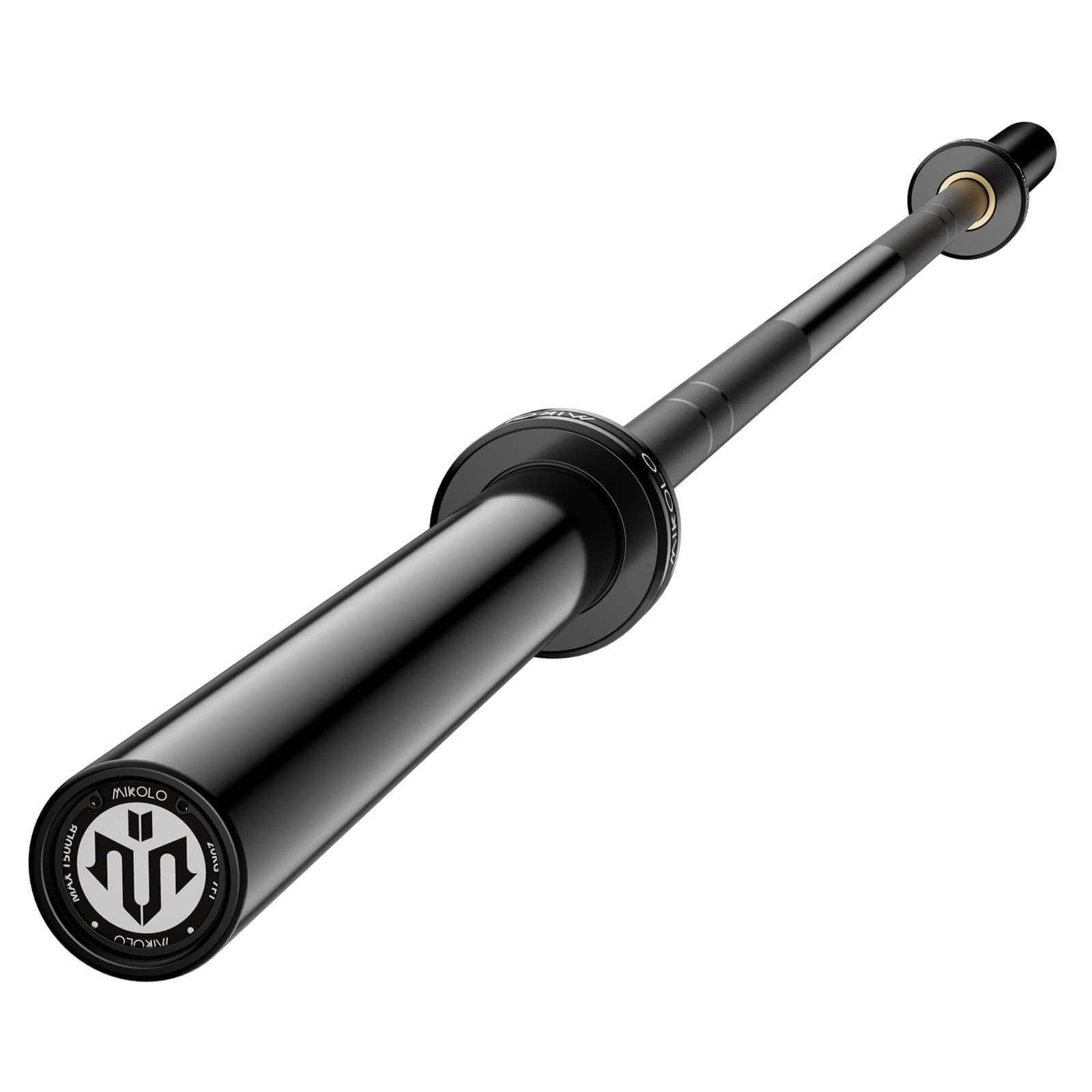
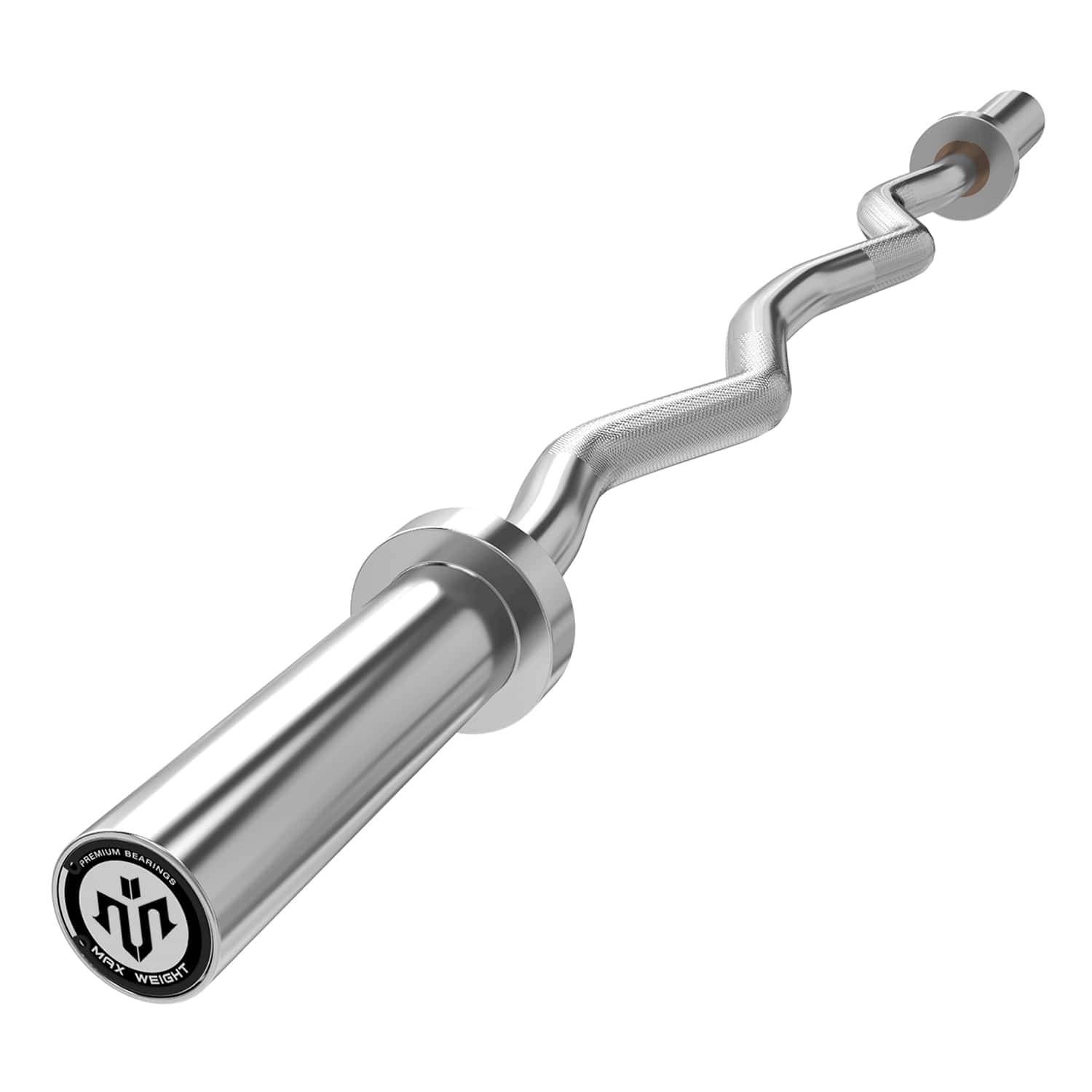
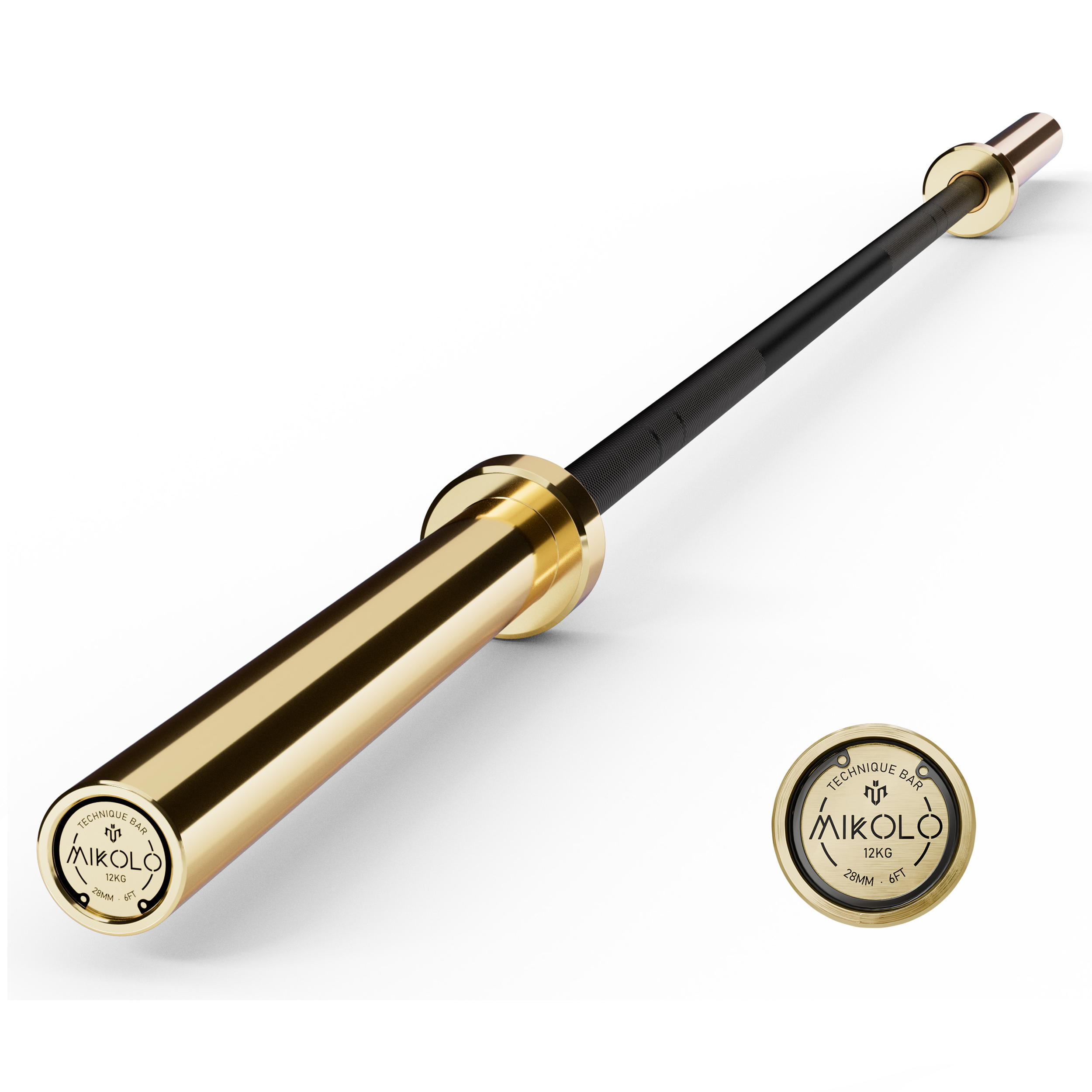
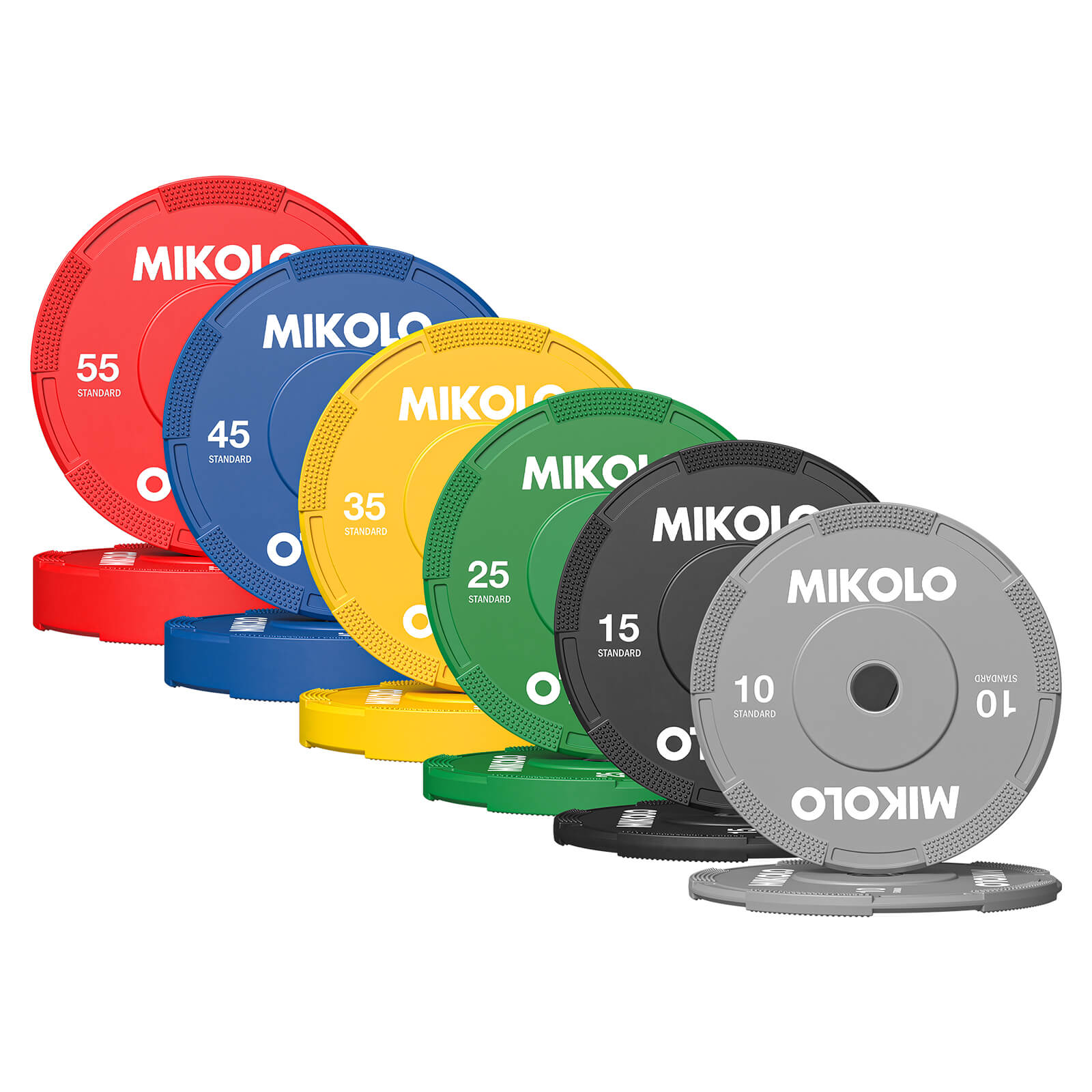
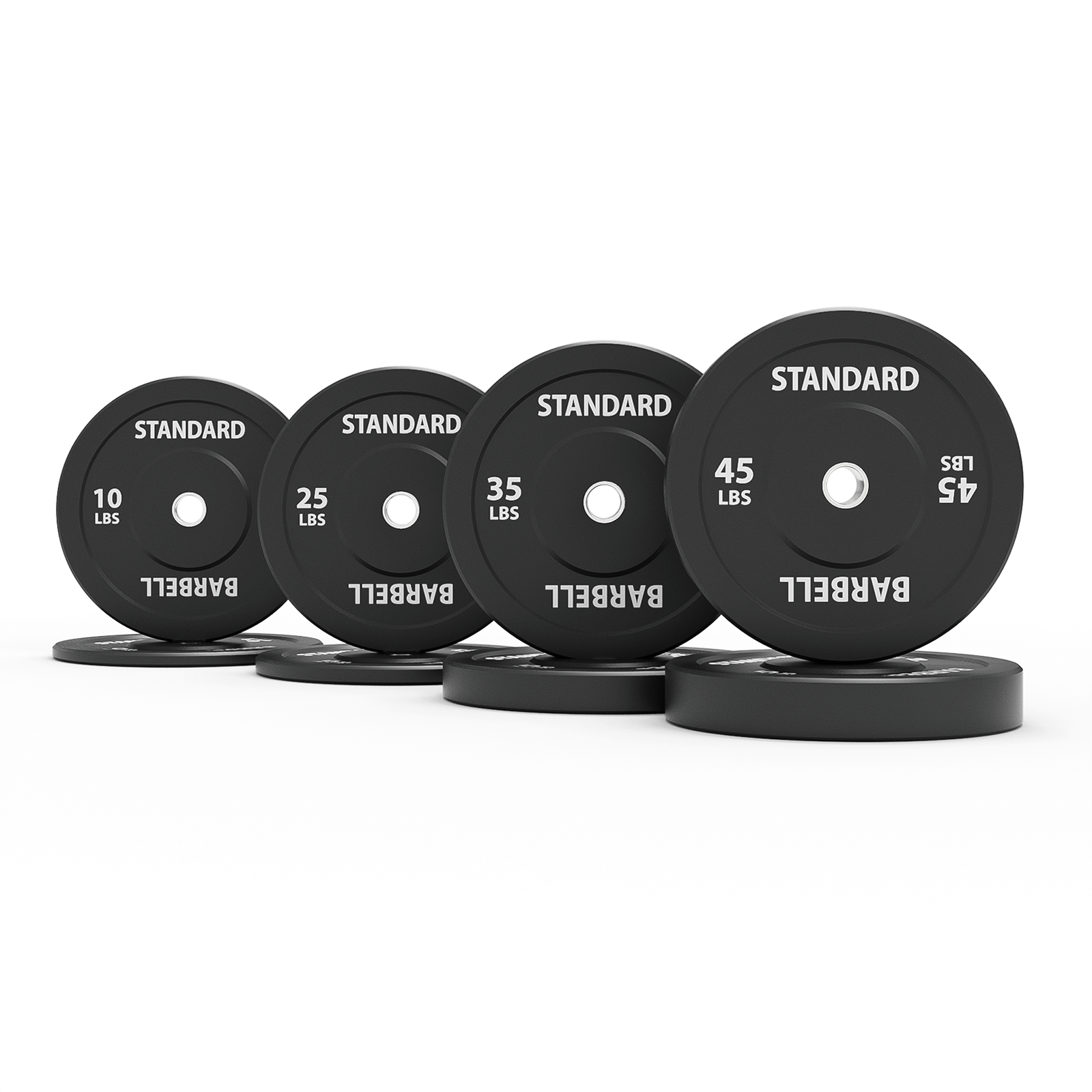
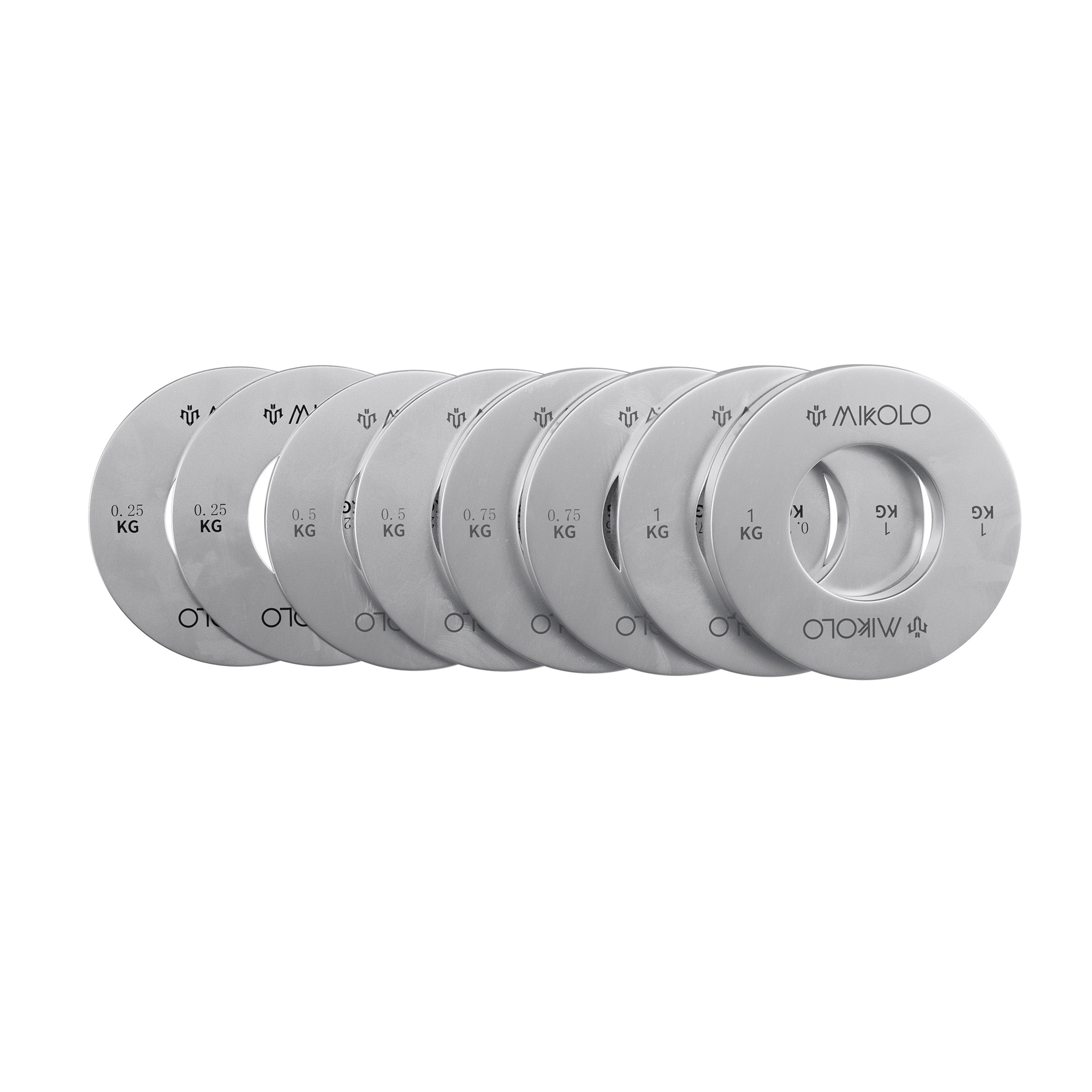
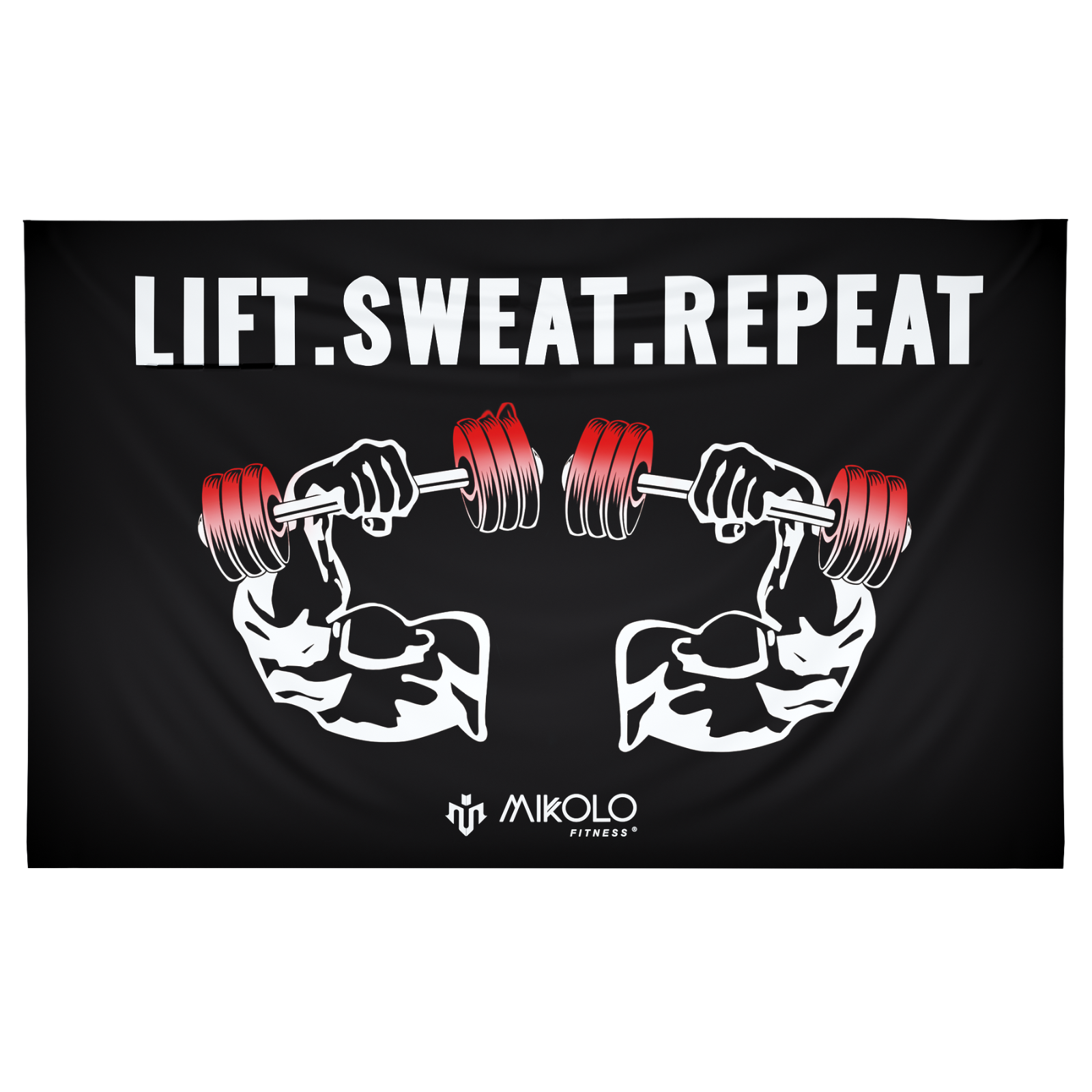
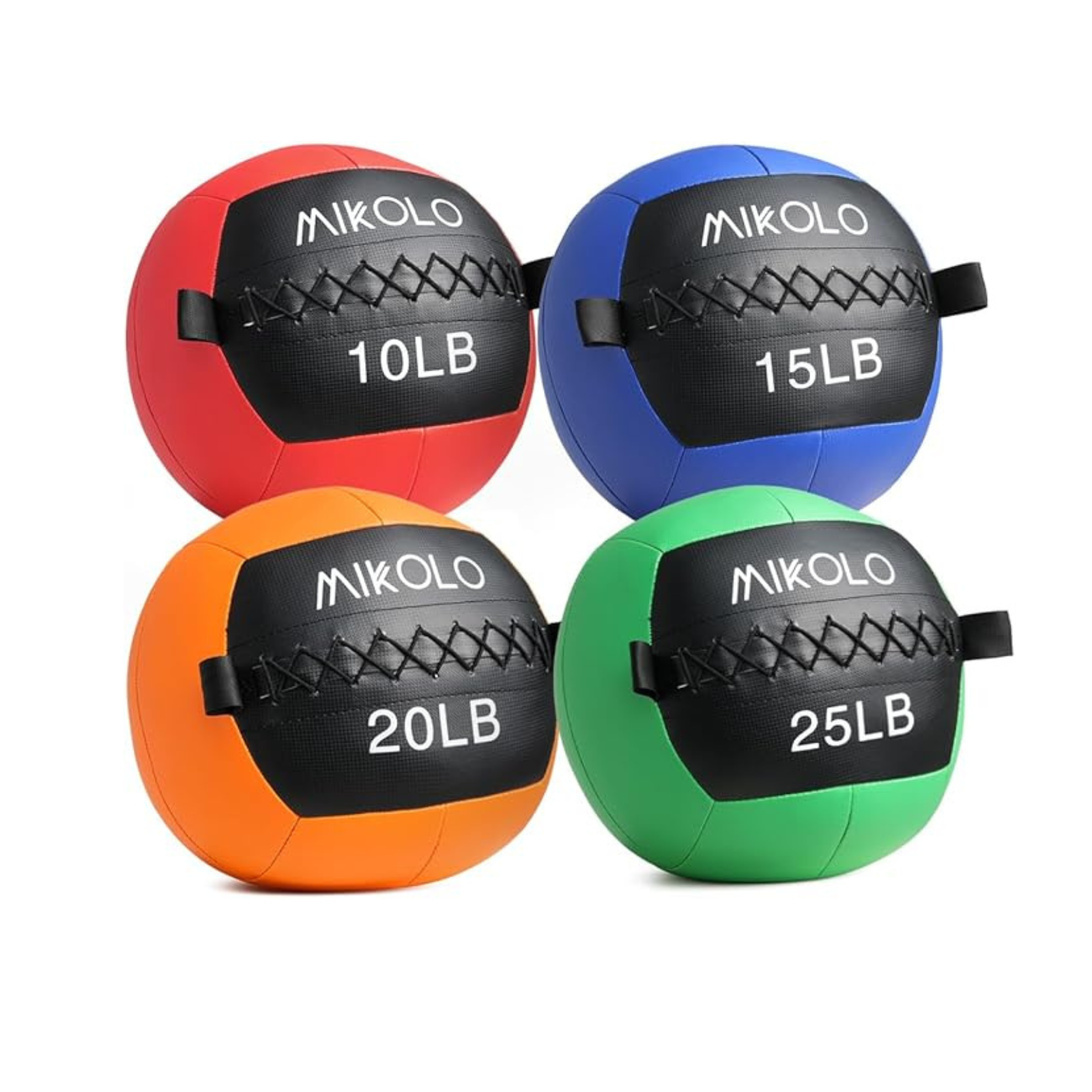
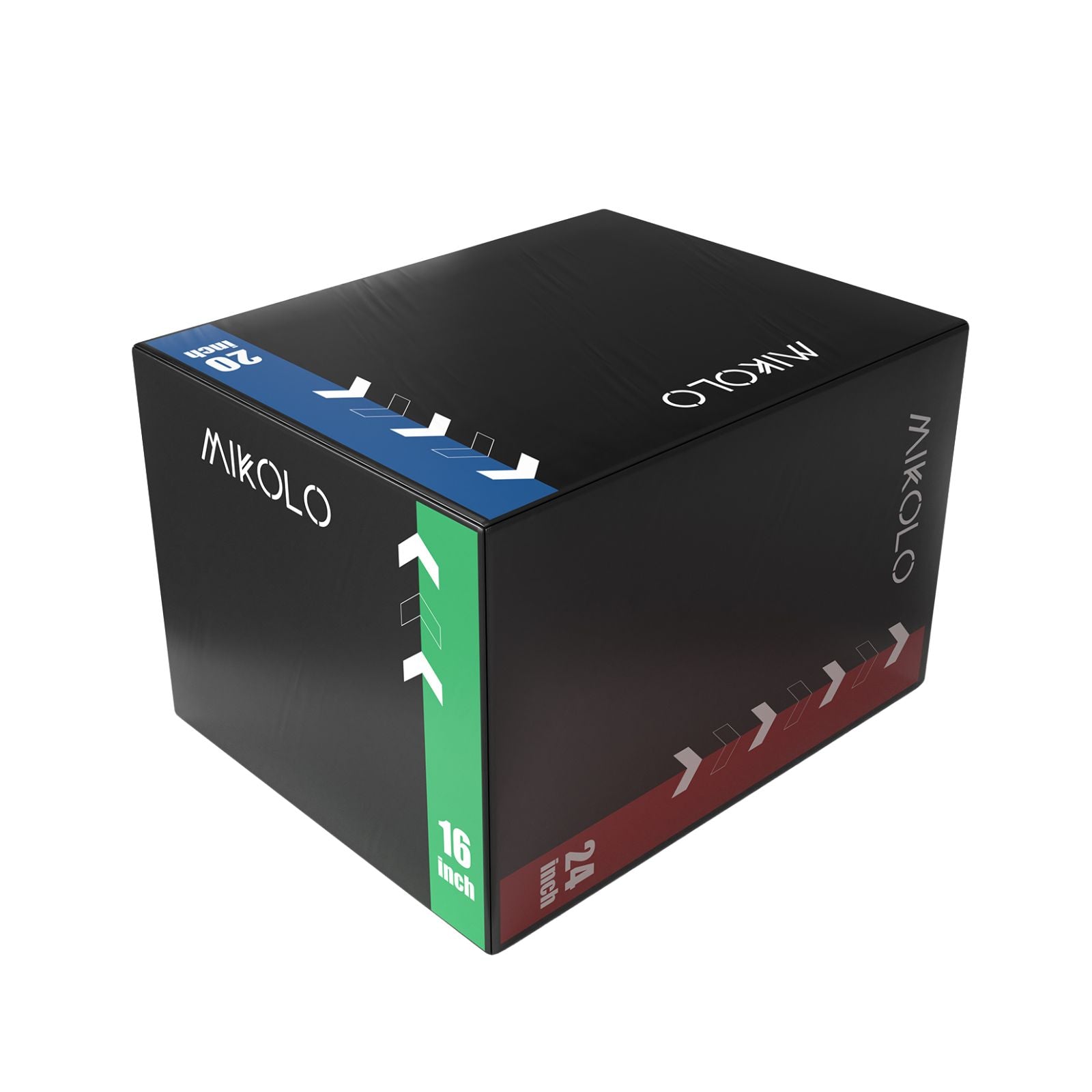
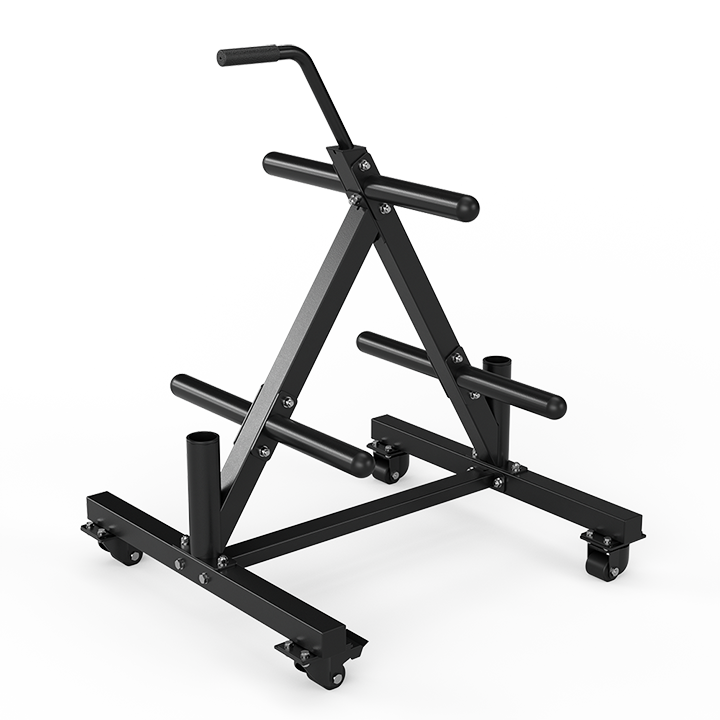
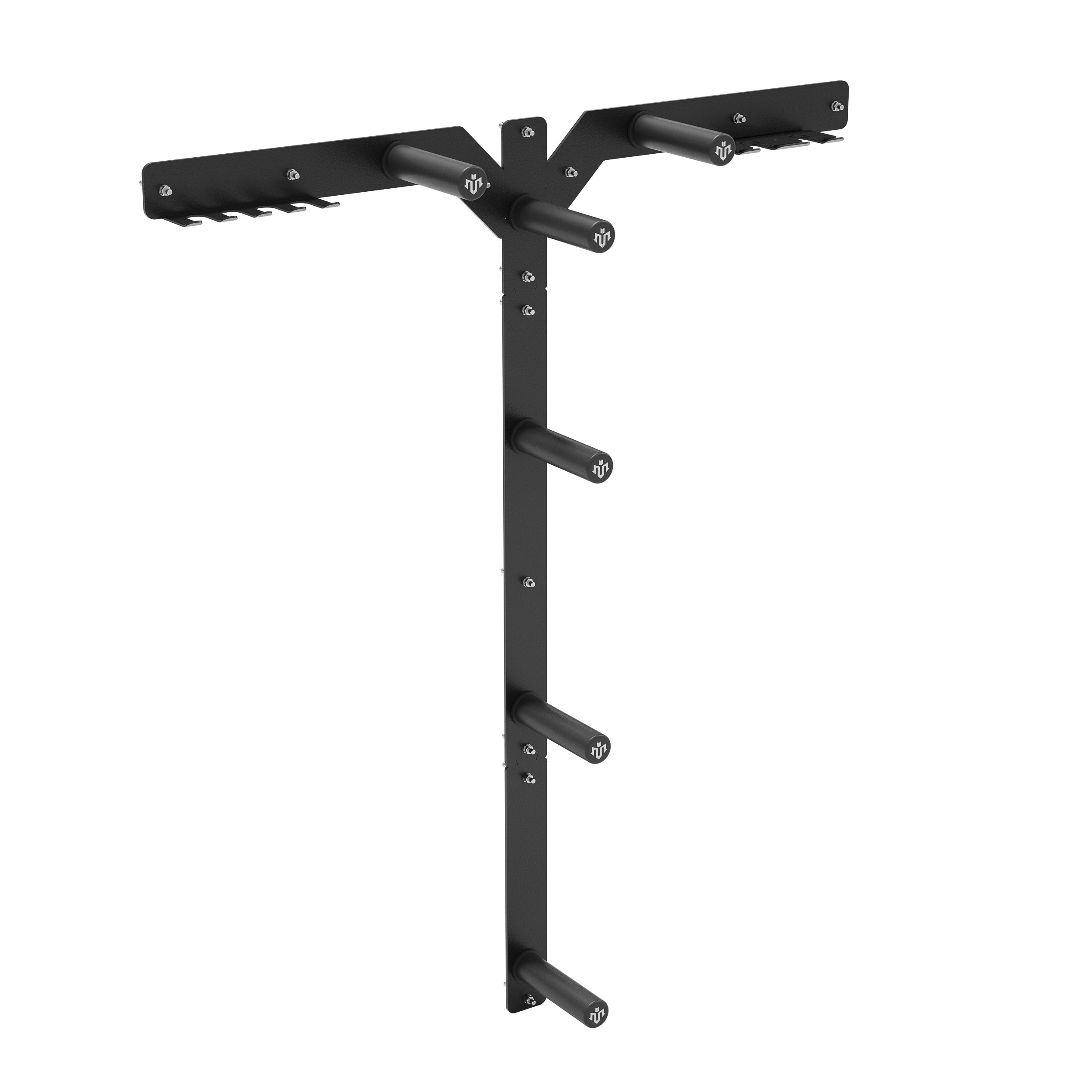
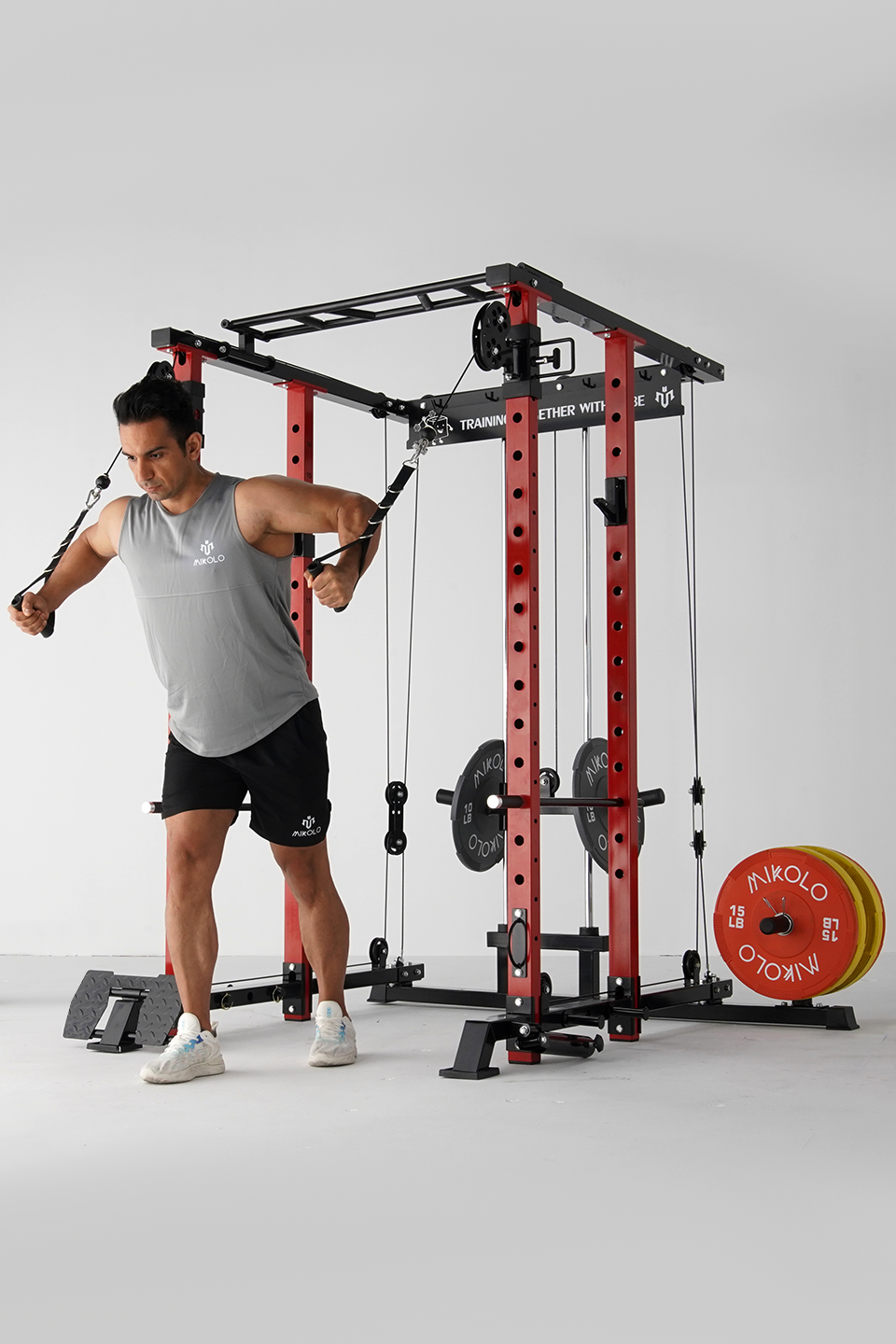
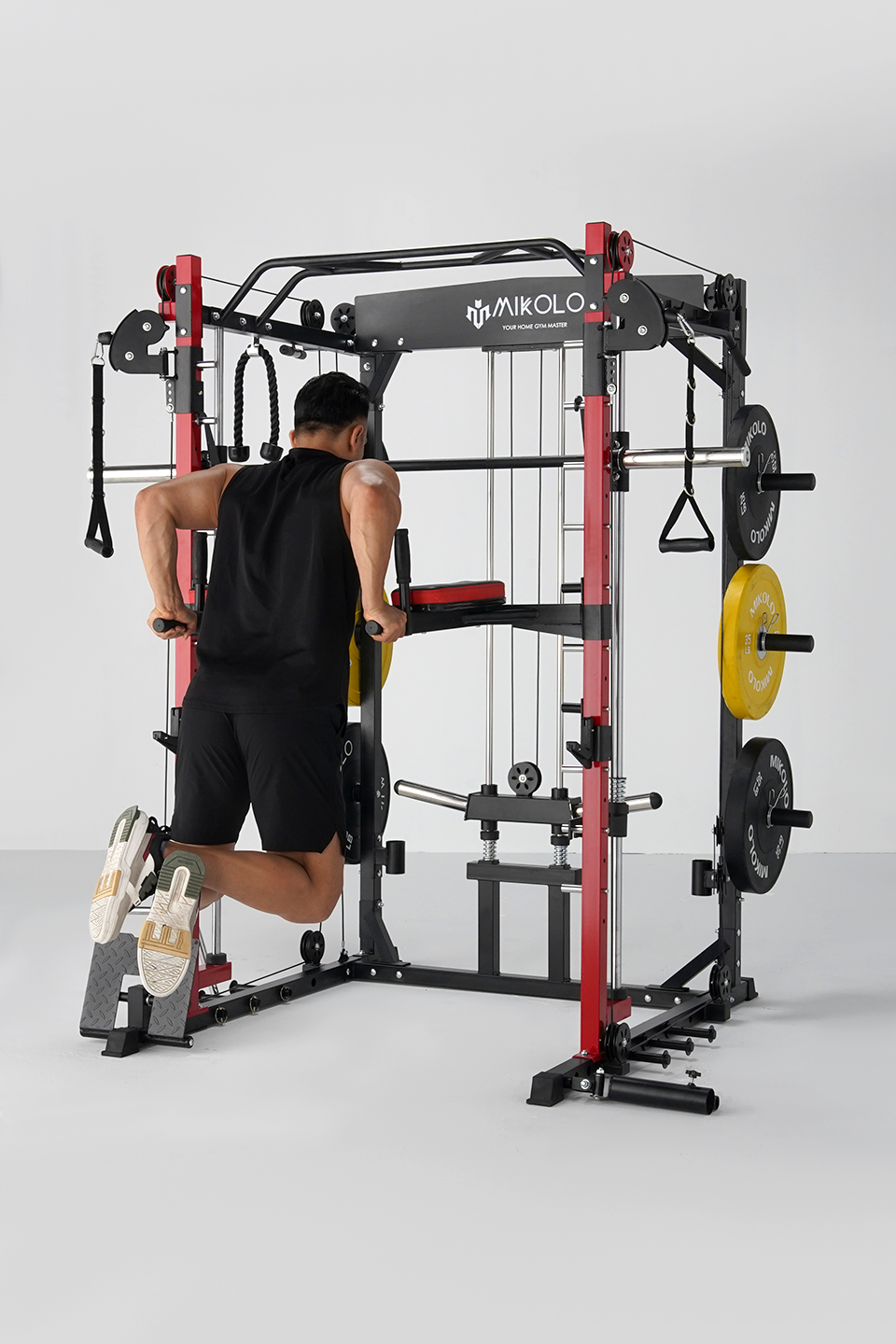


Leave a comment
This site is protected by hCaptcha and the hCaptcha Privacy Policy and Terms of Service apply.